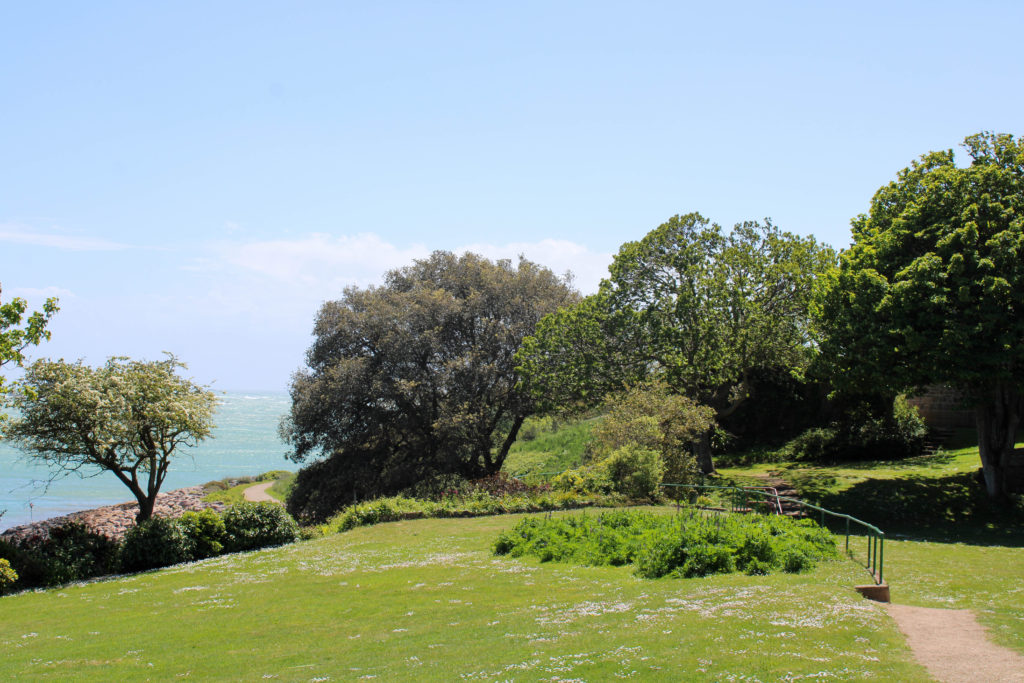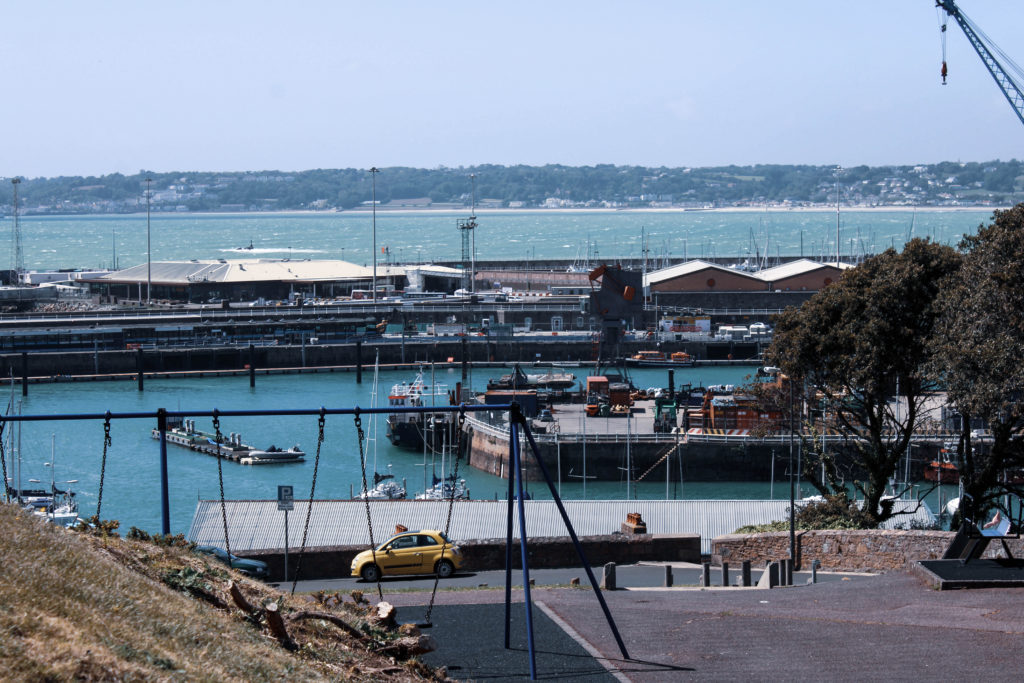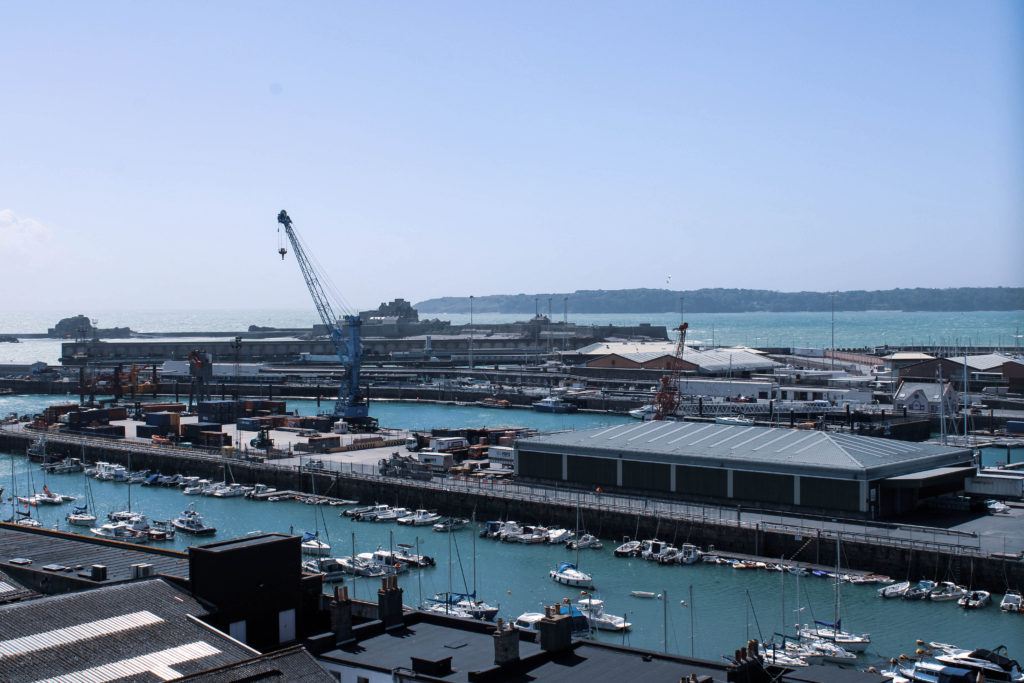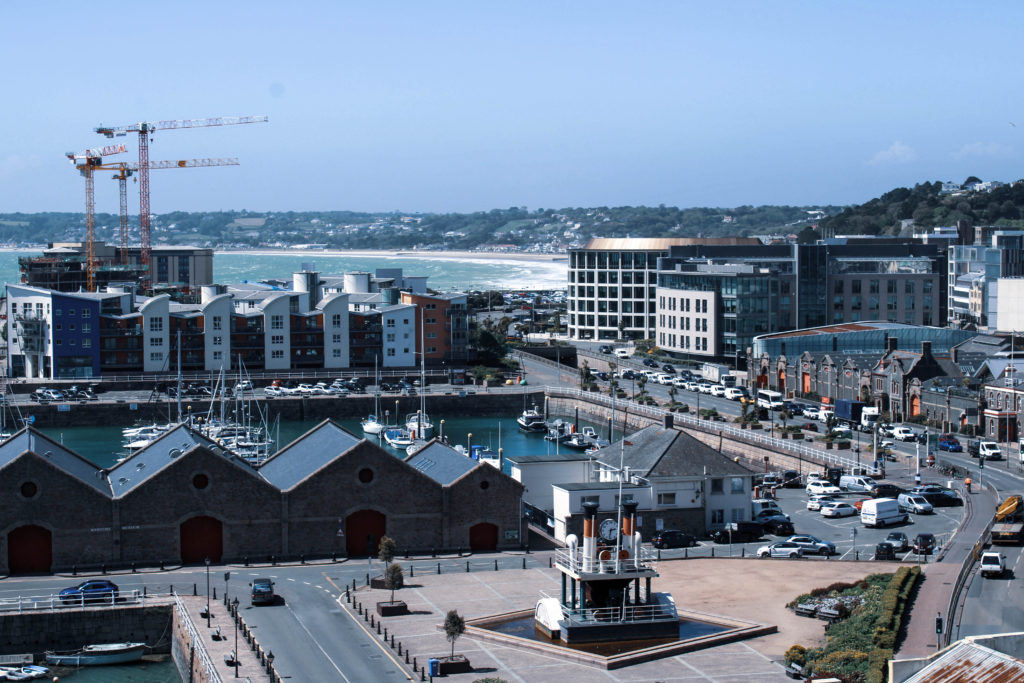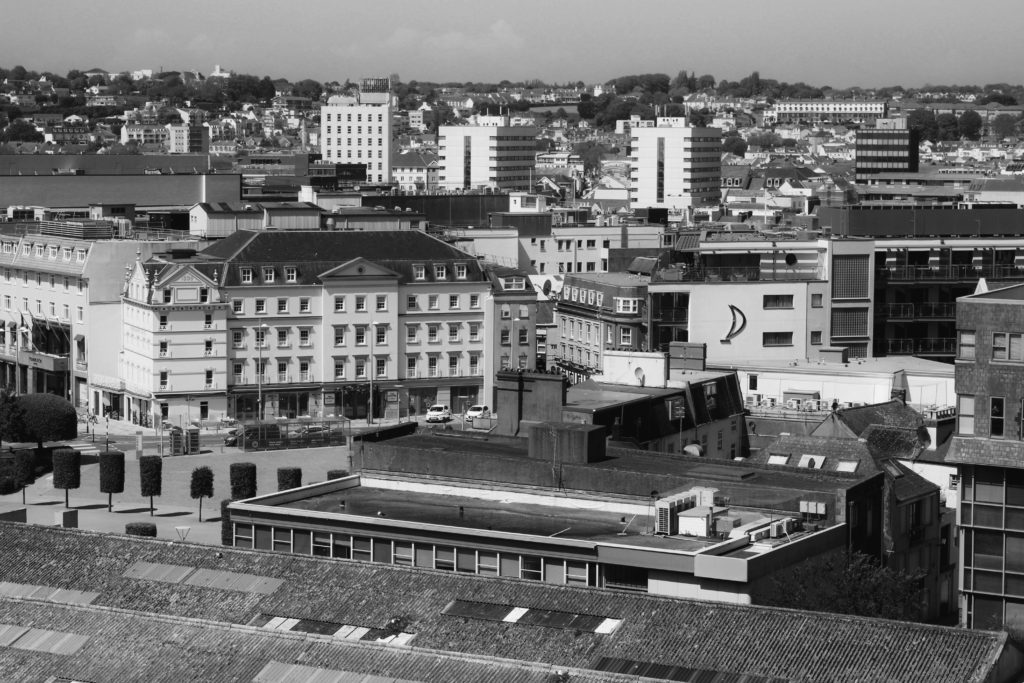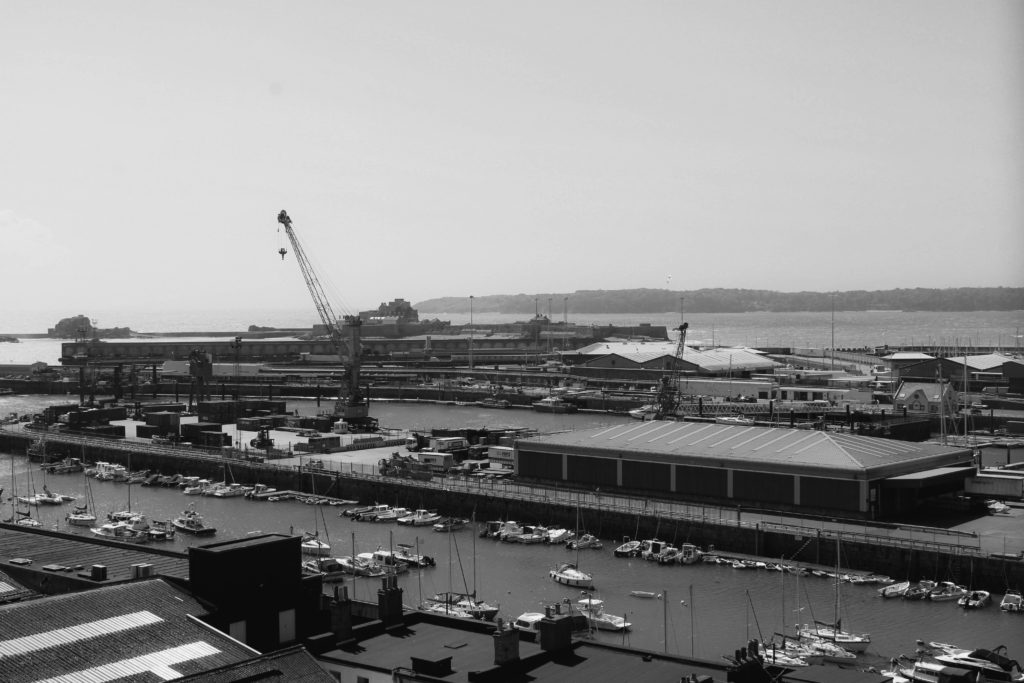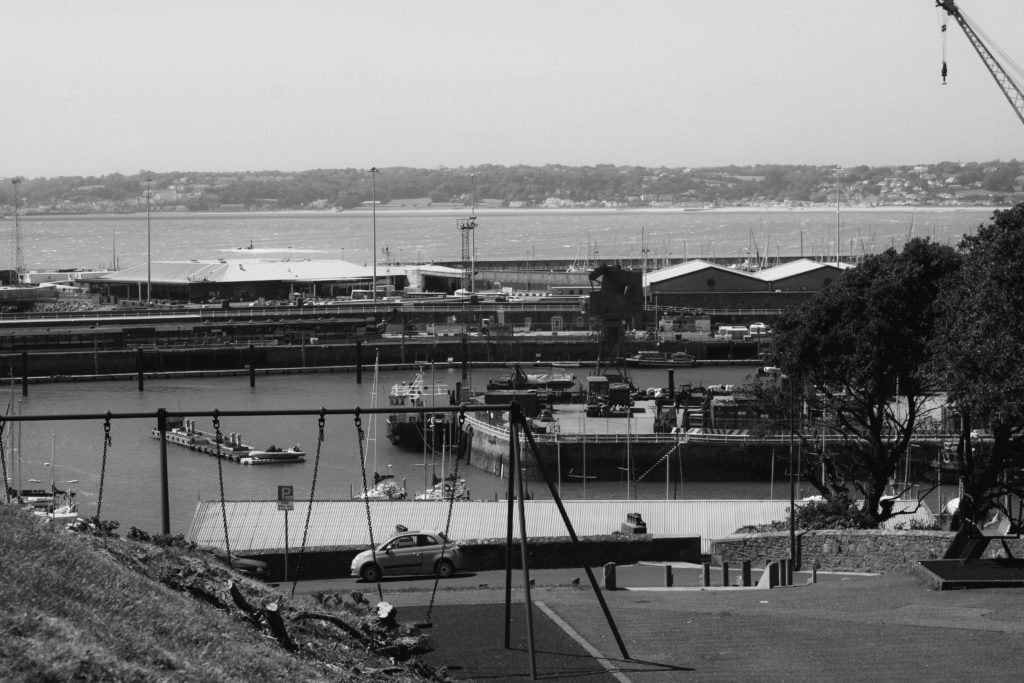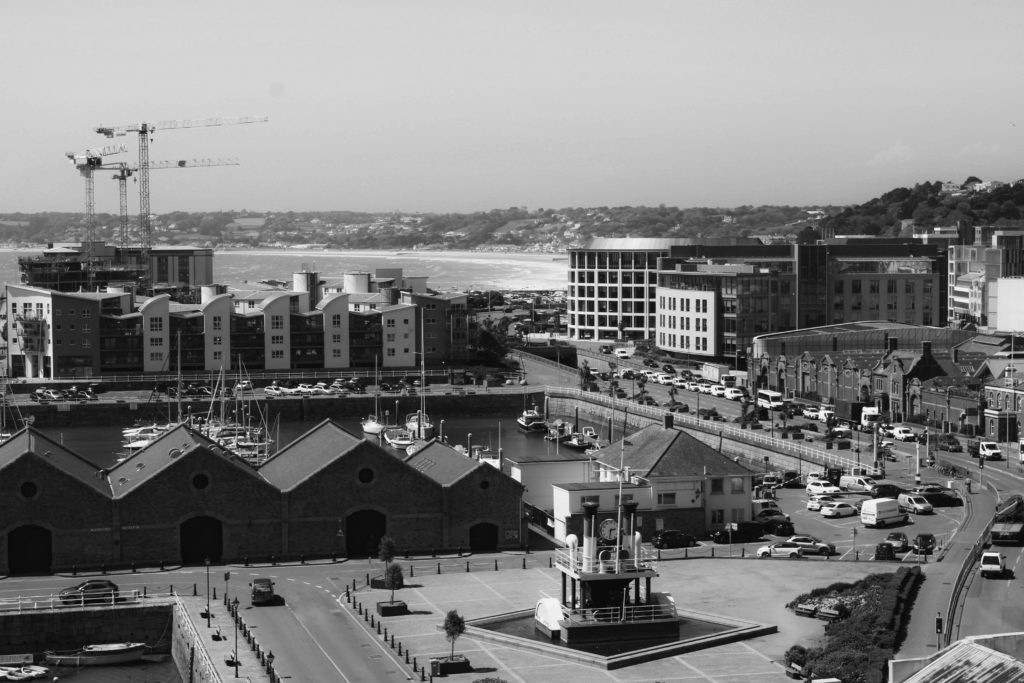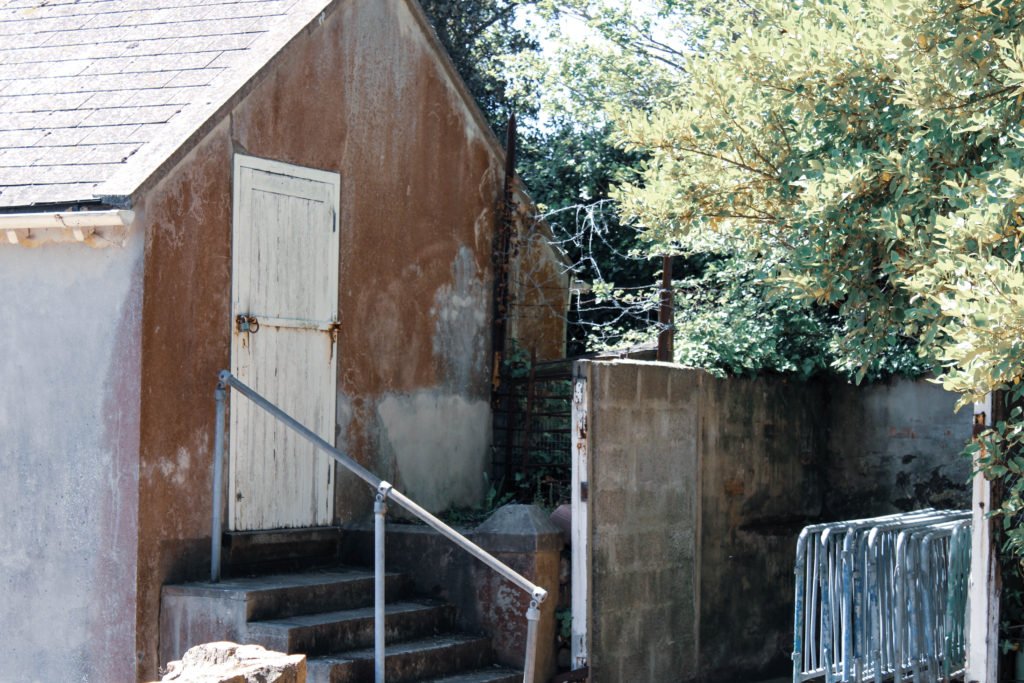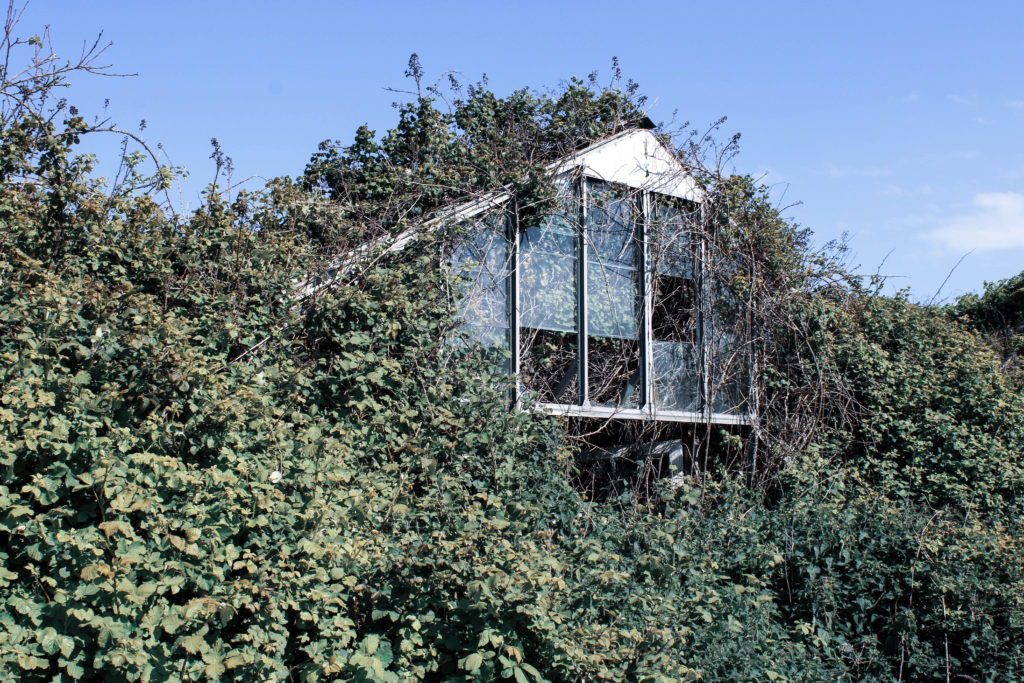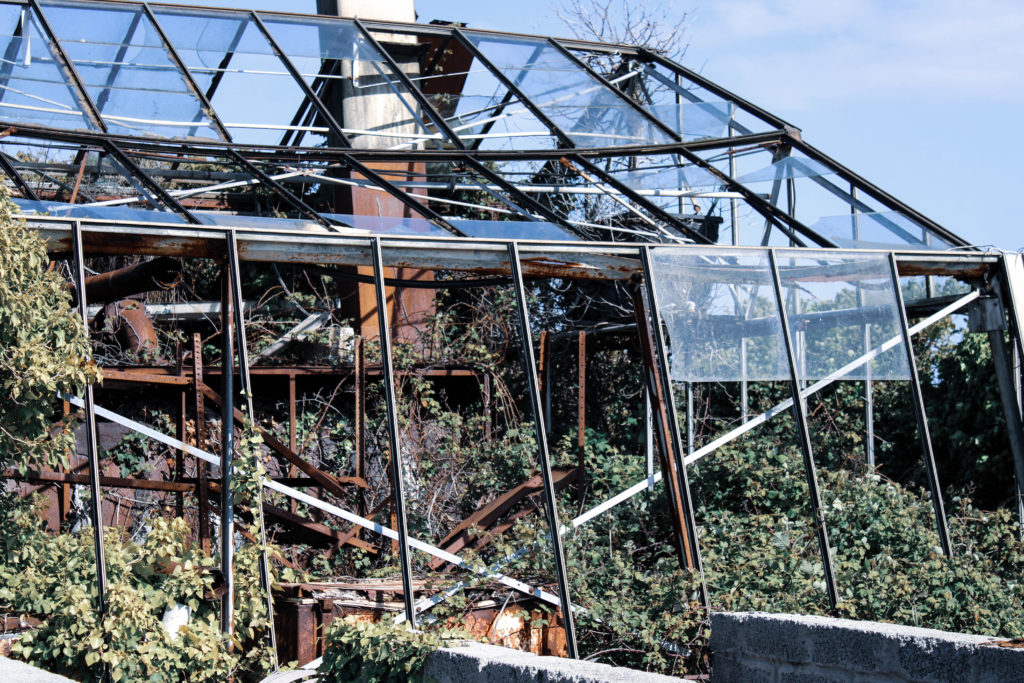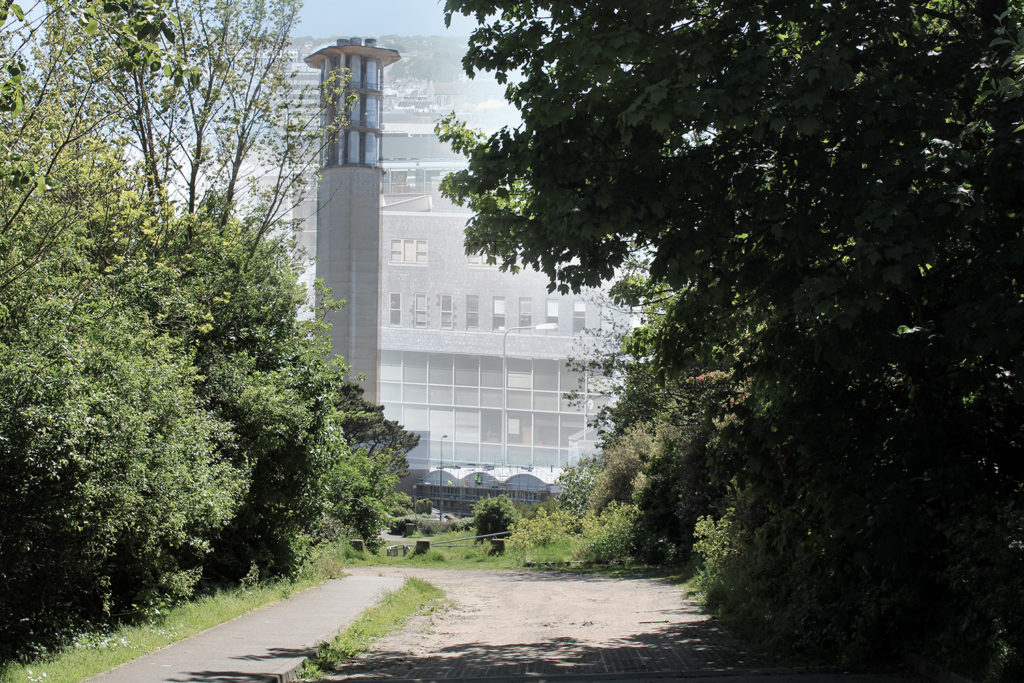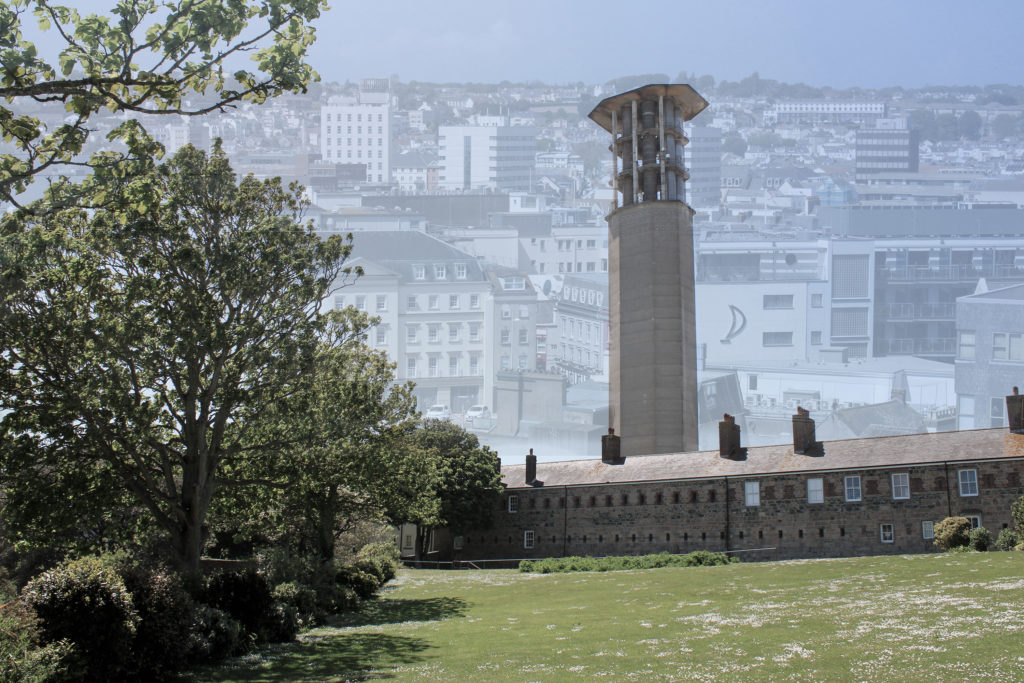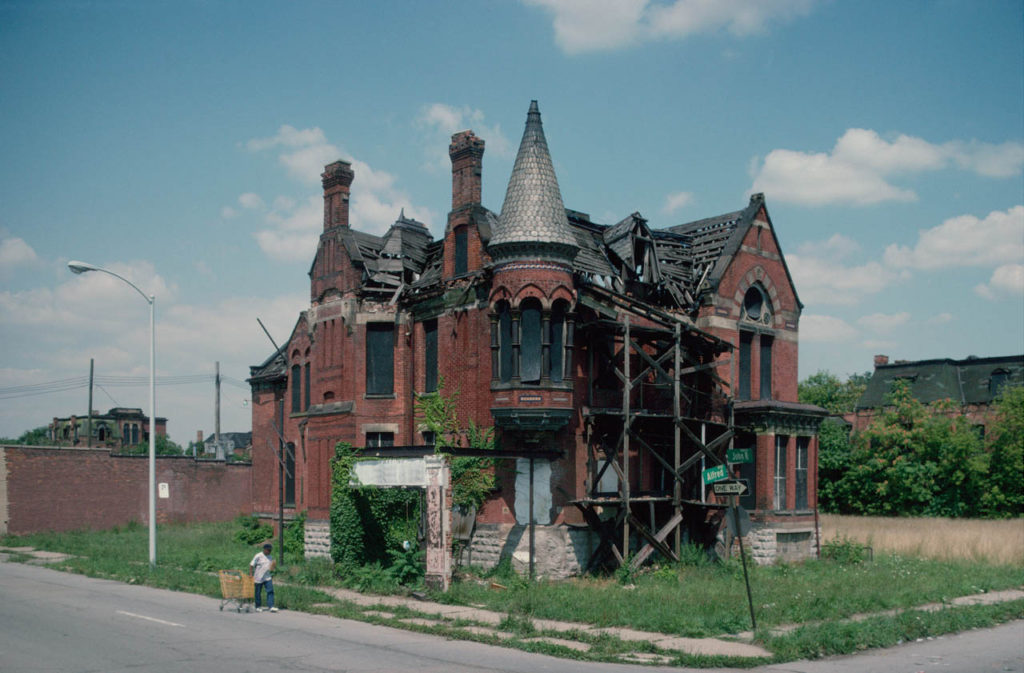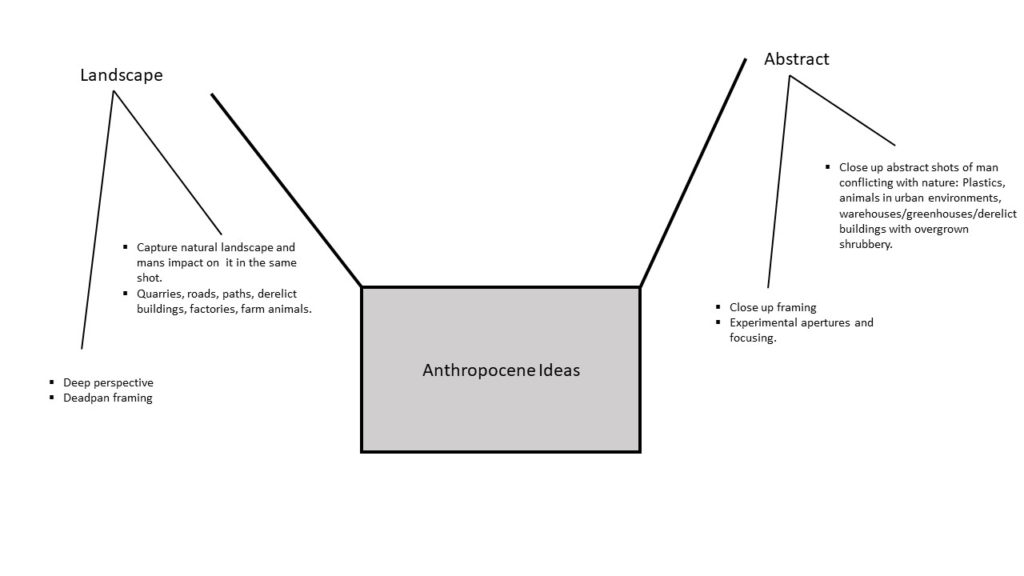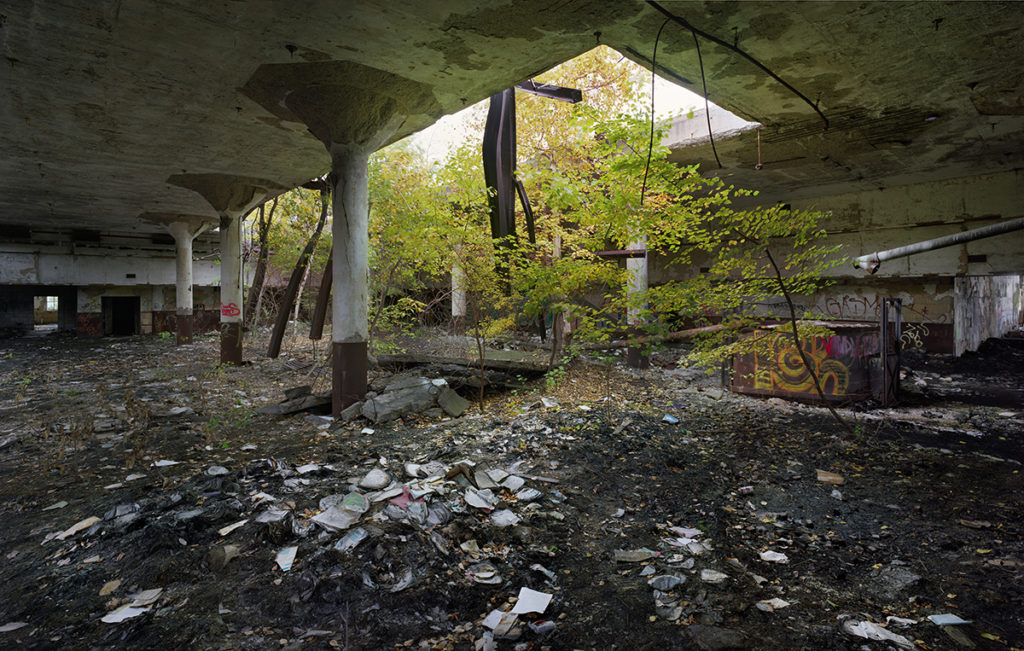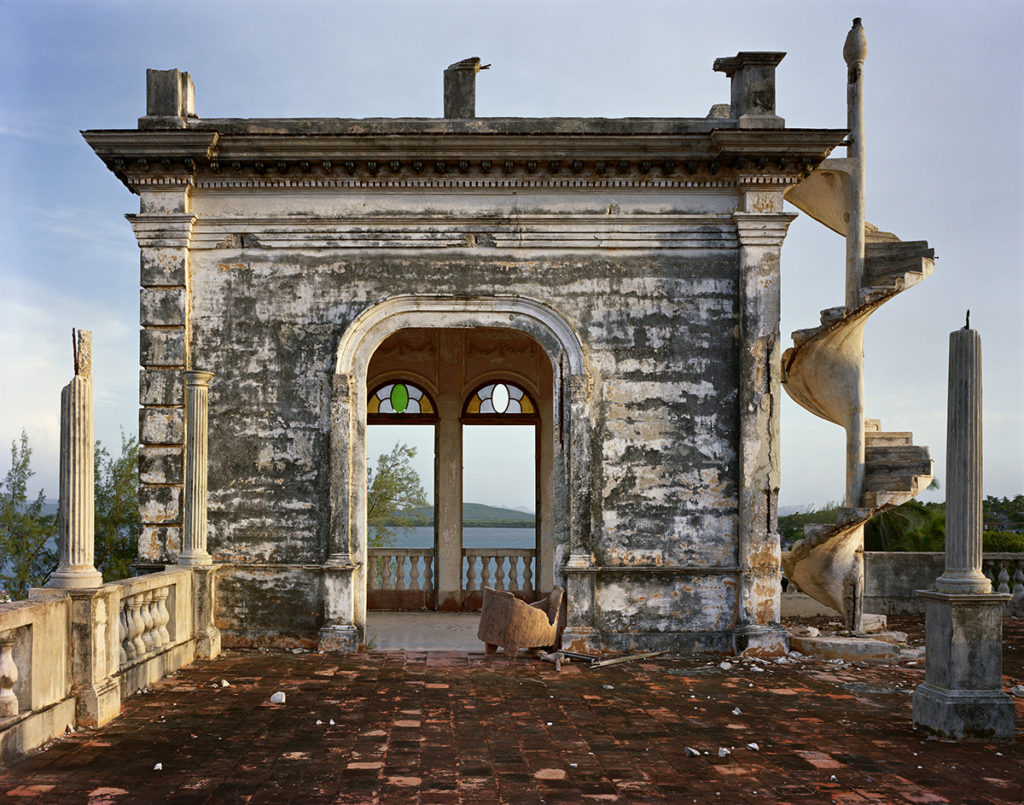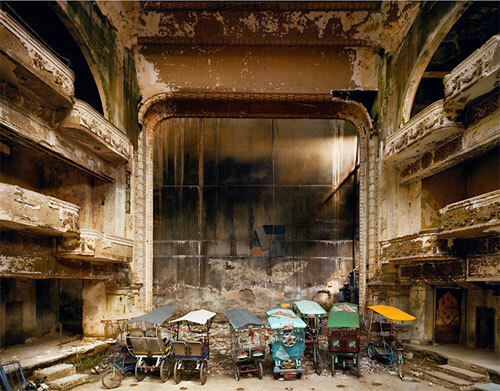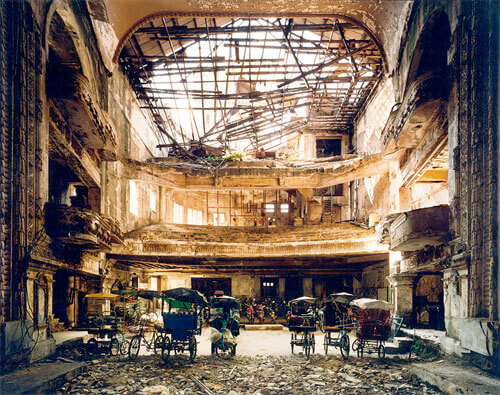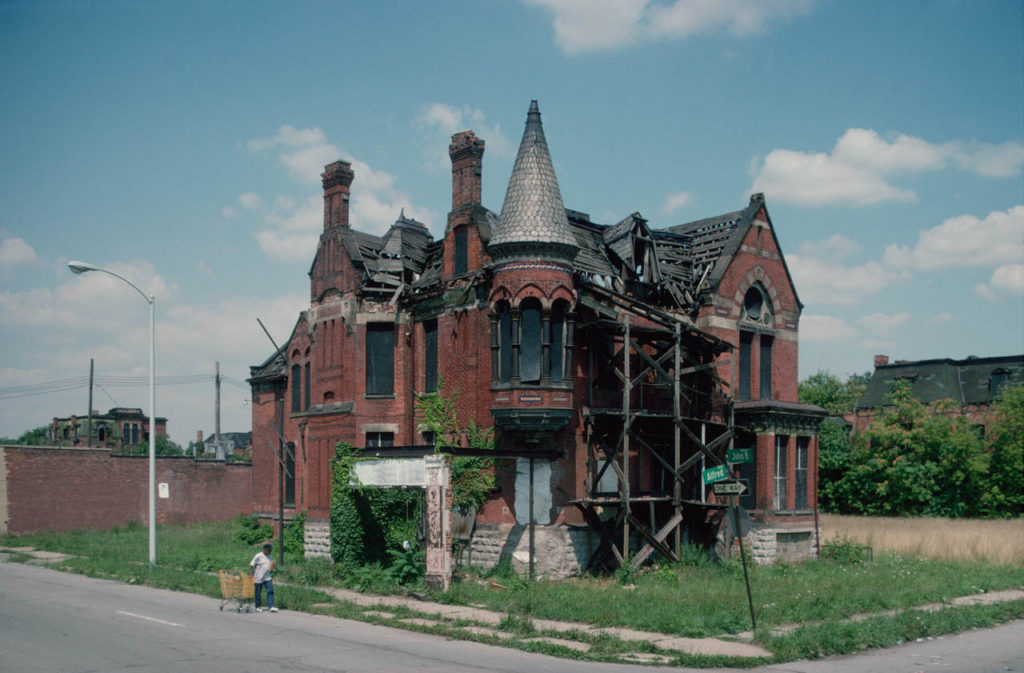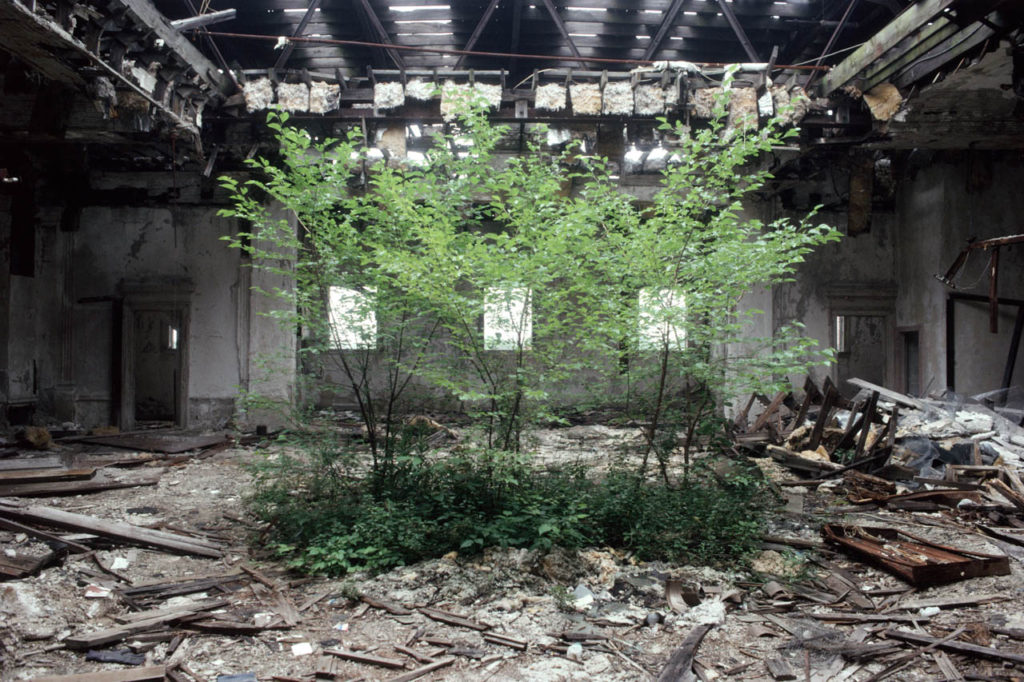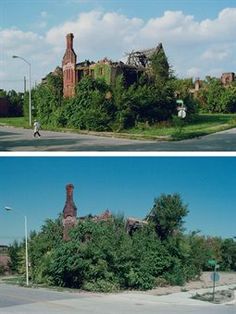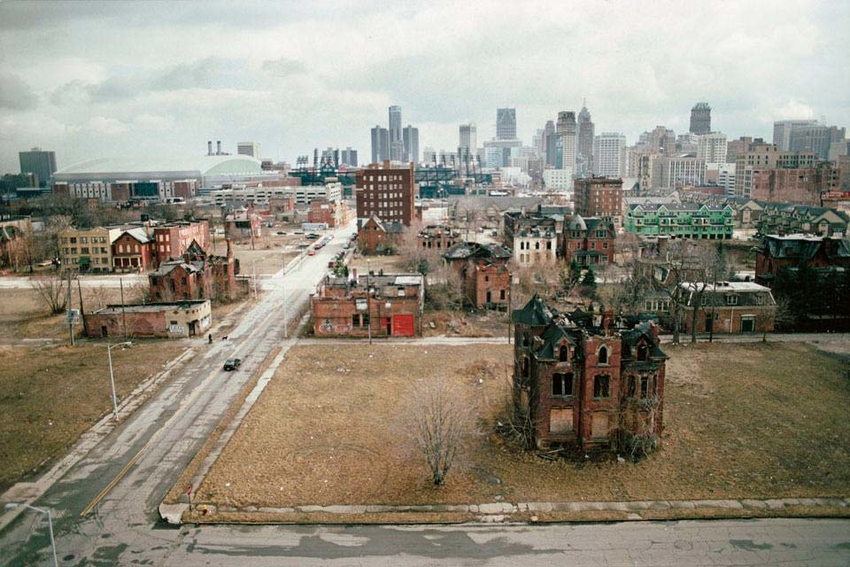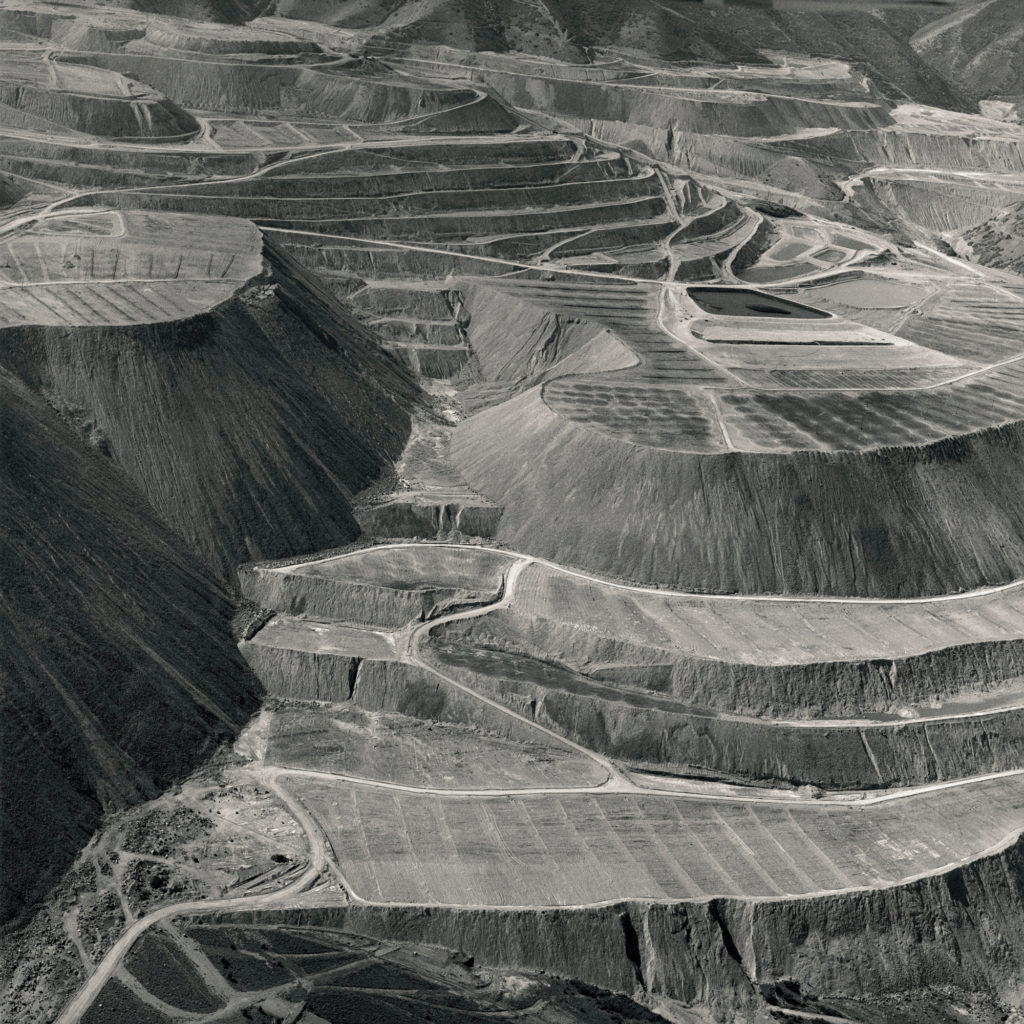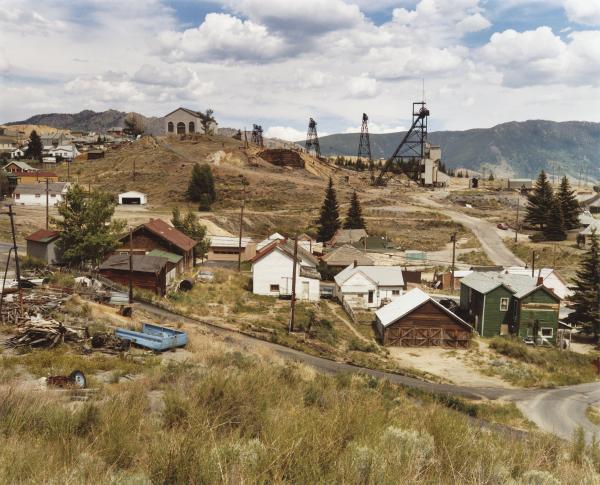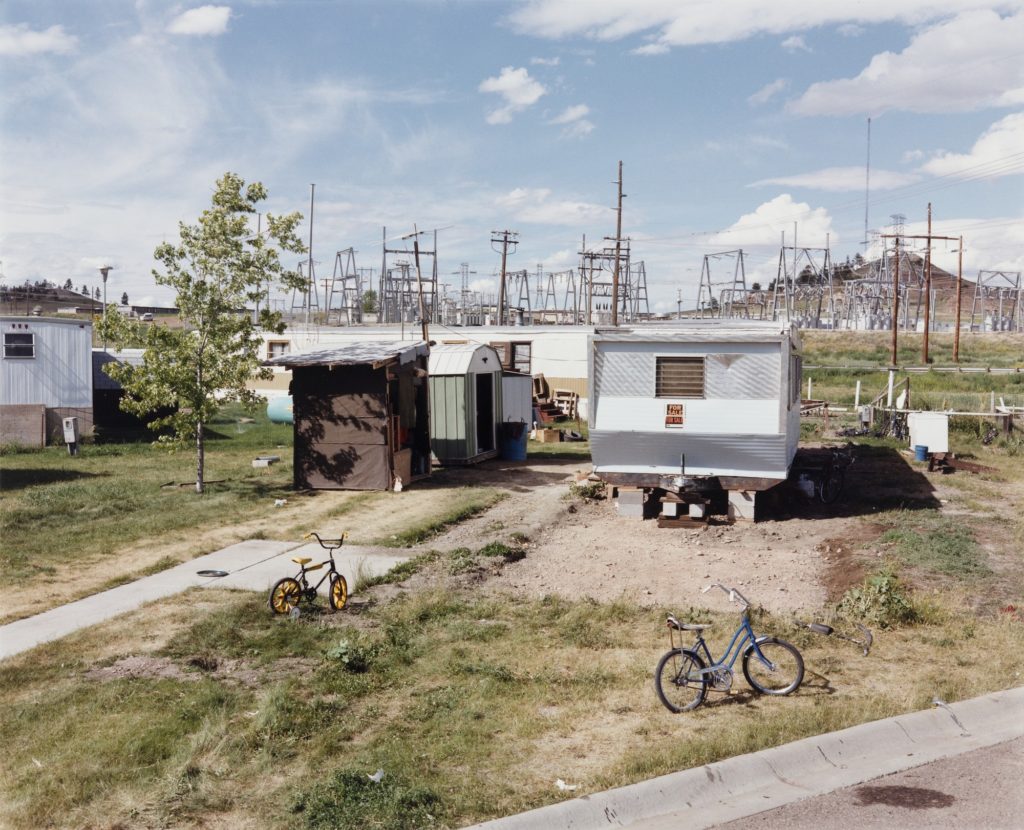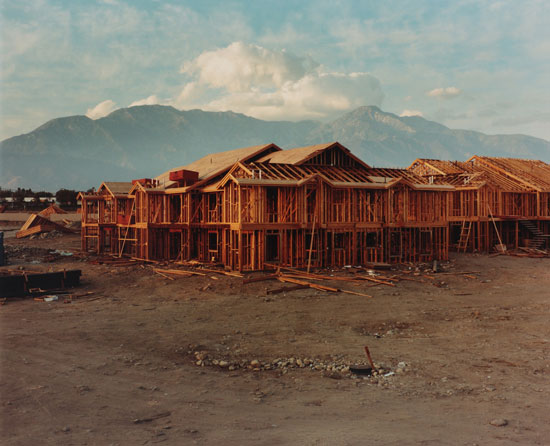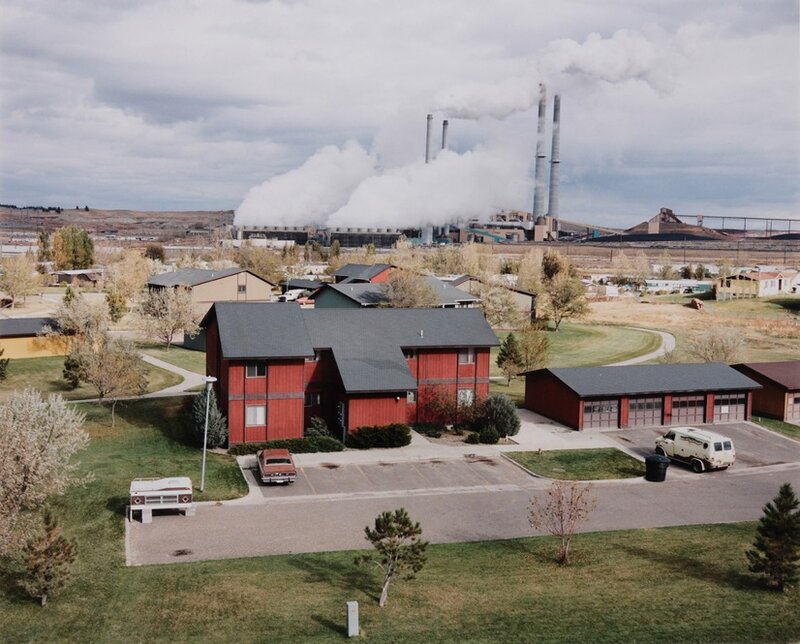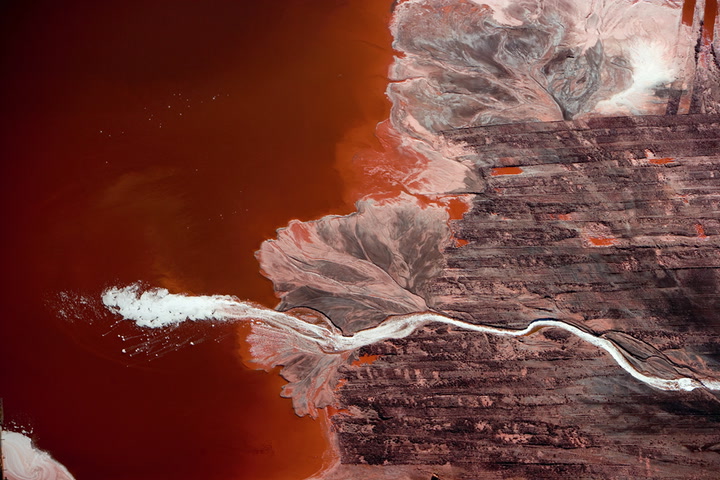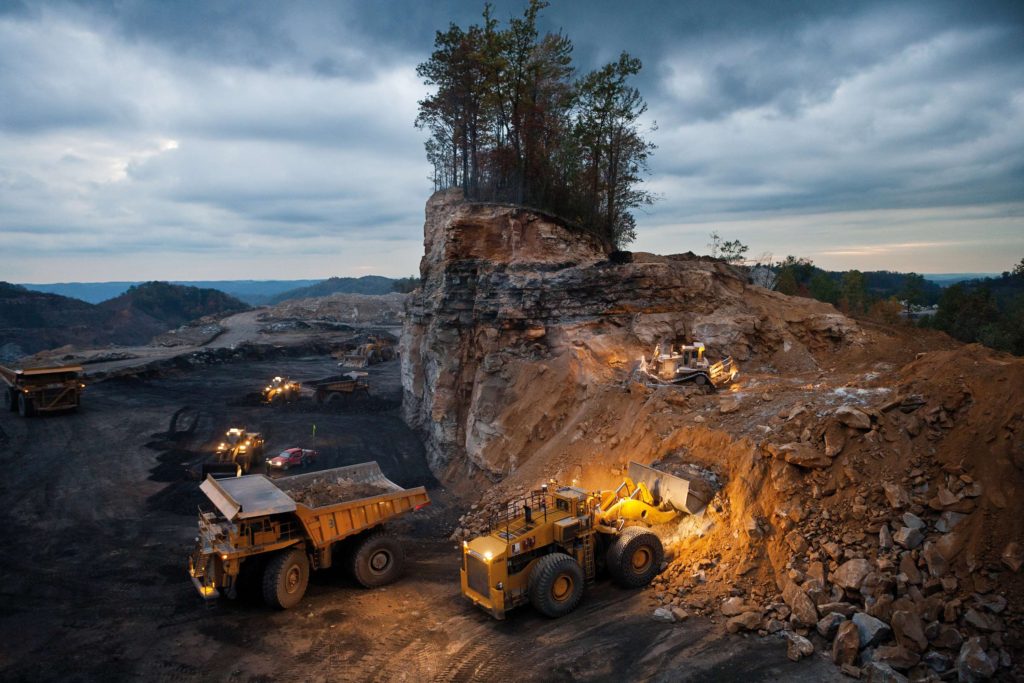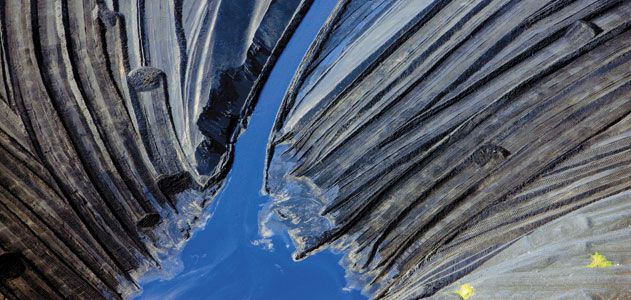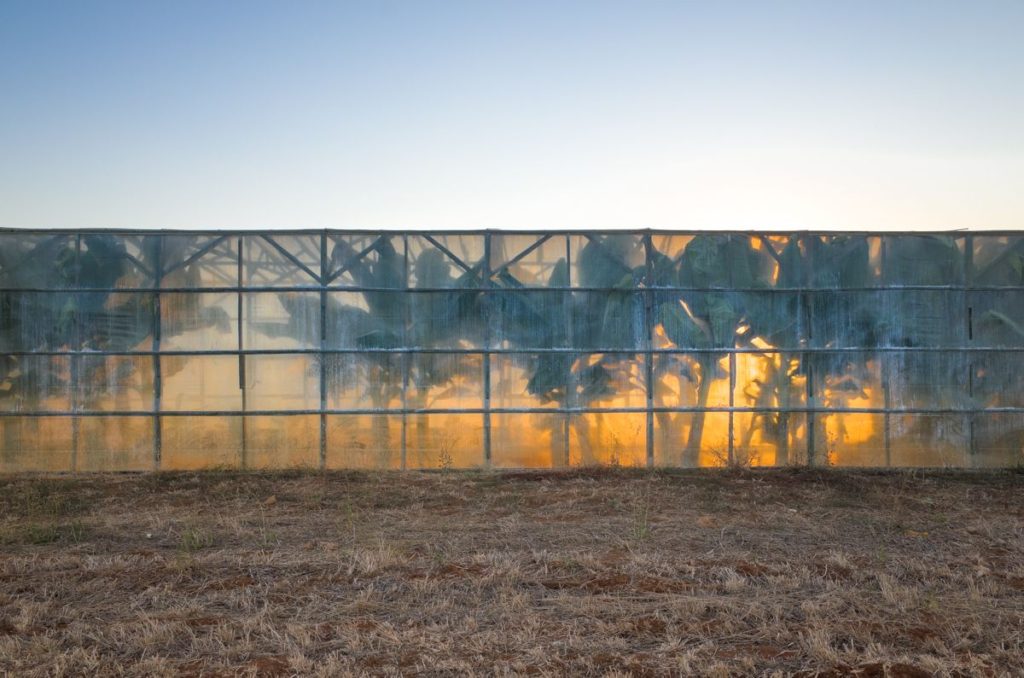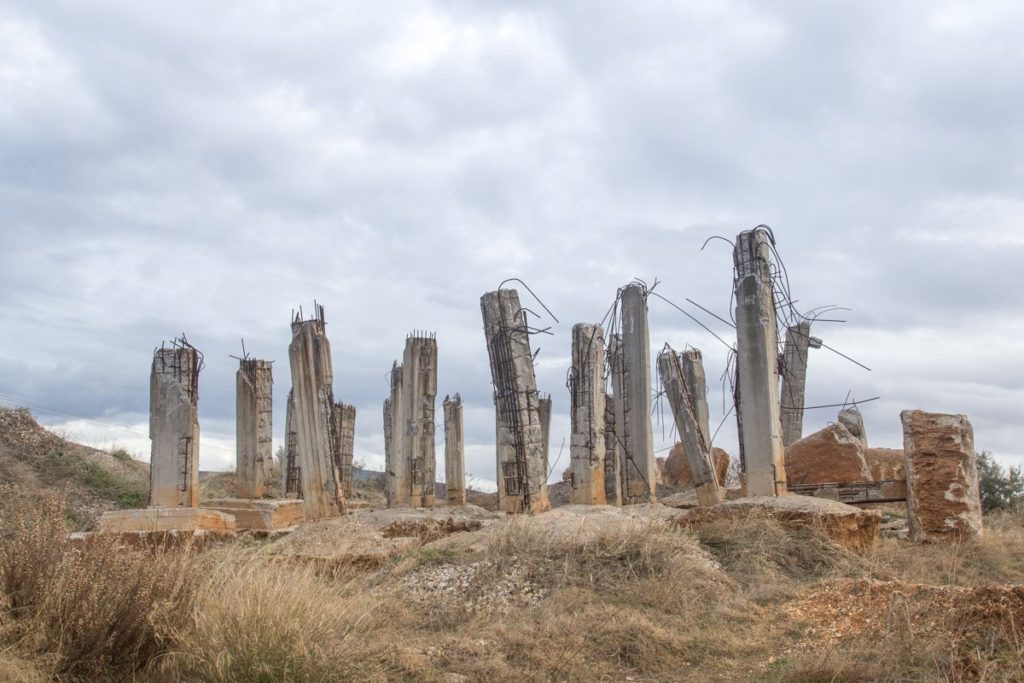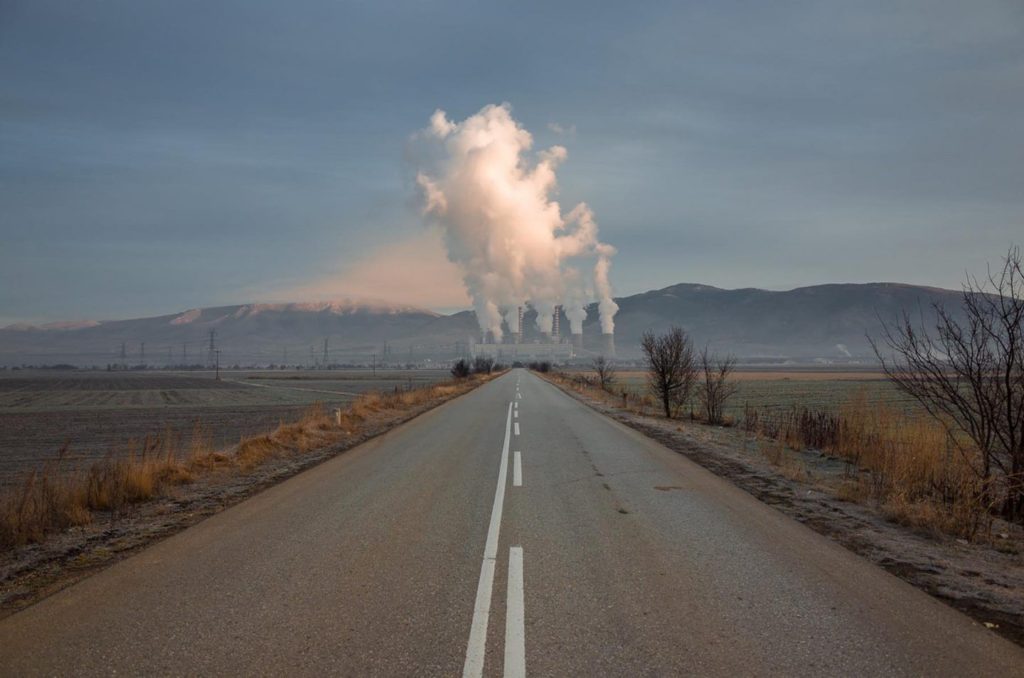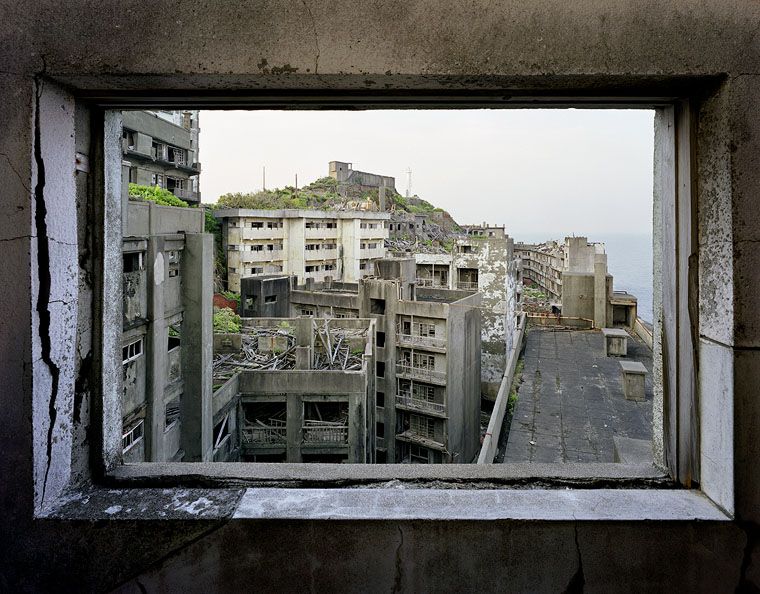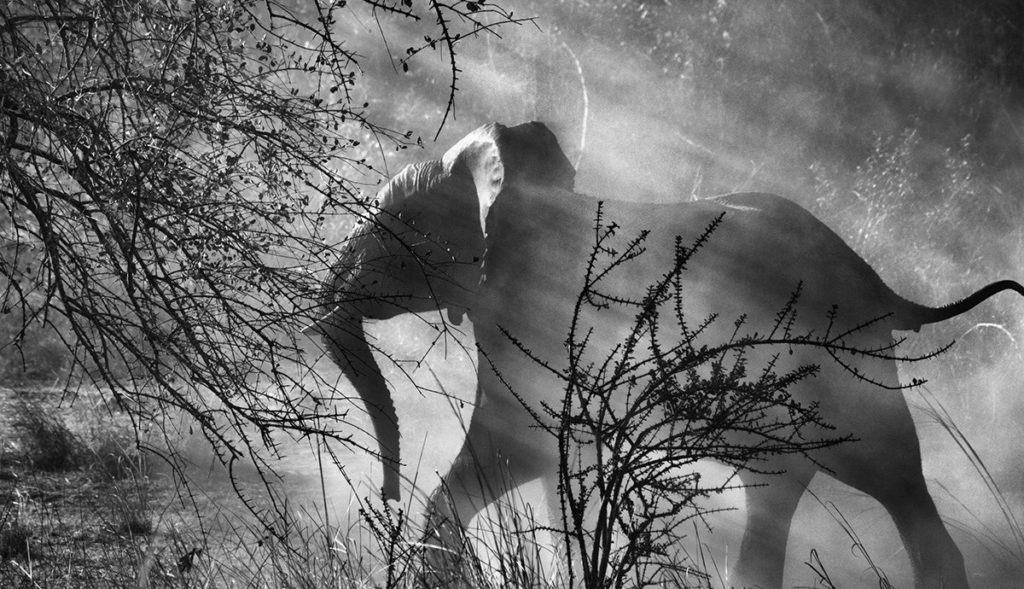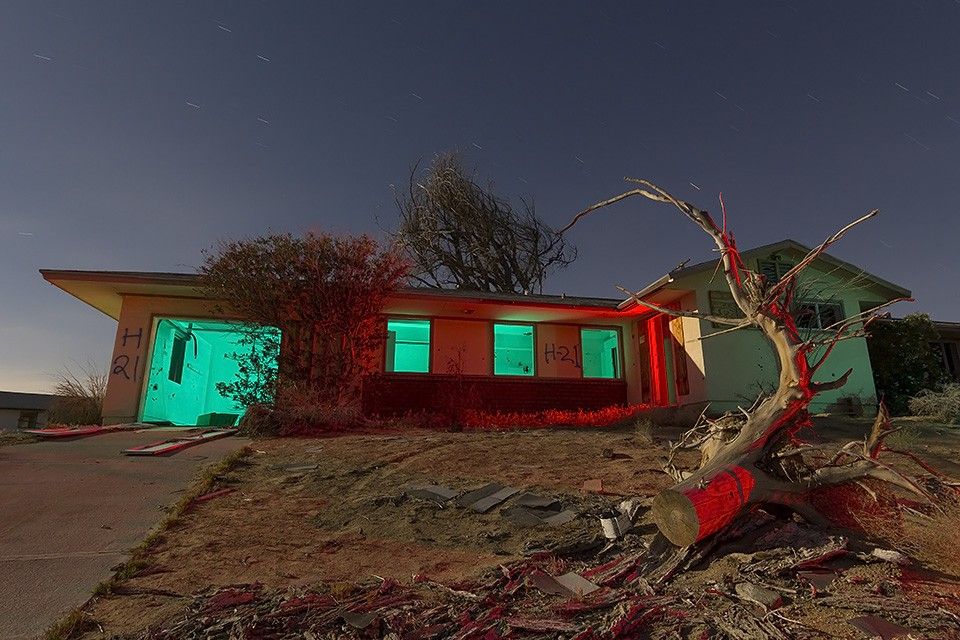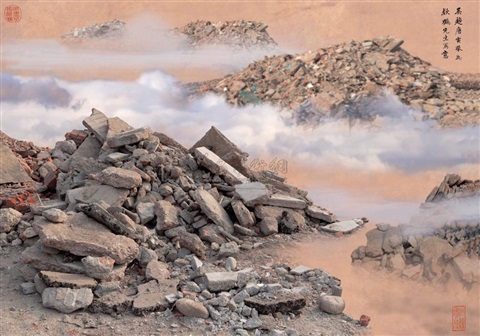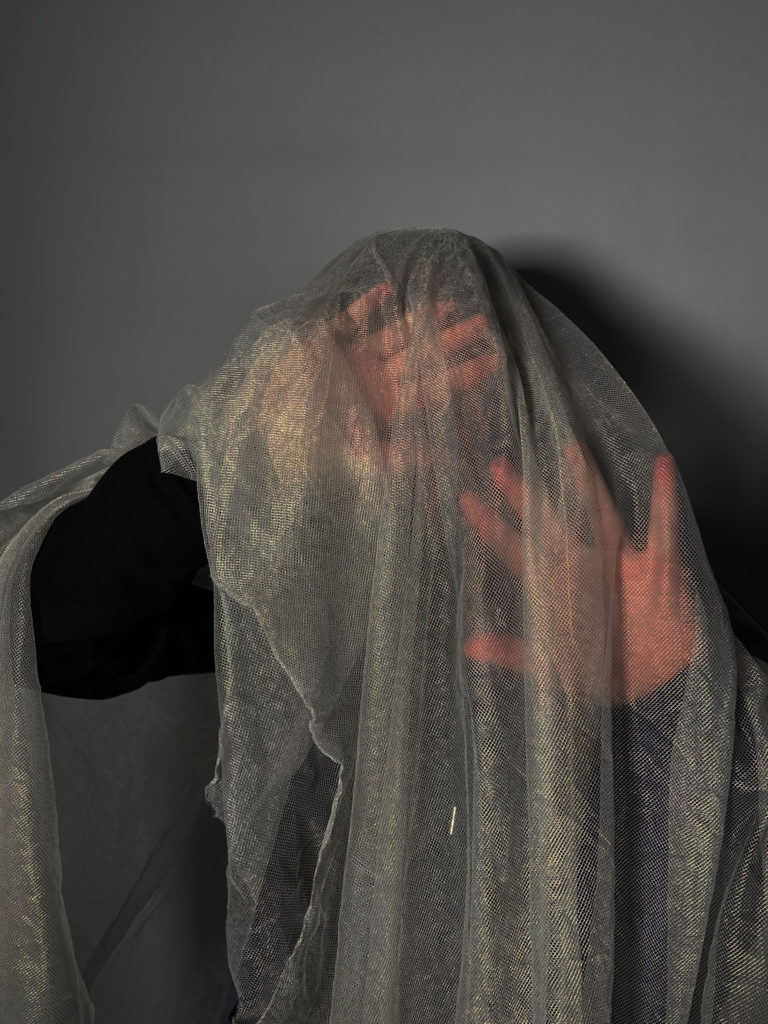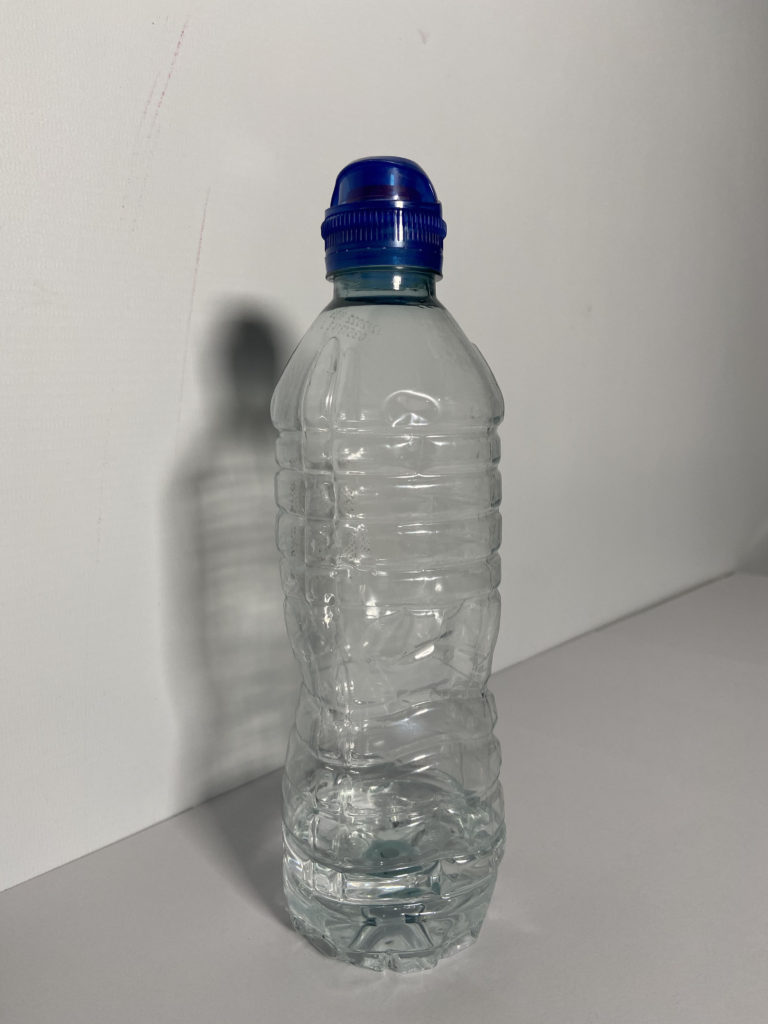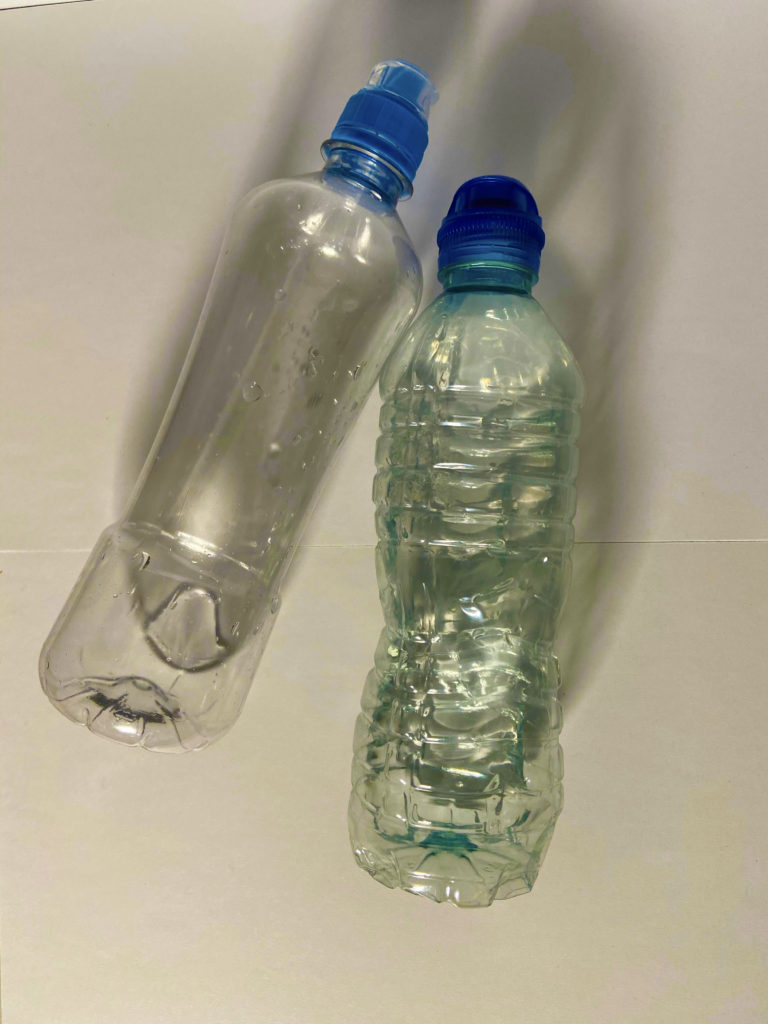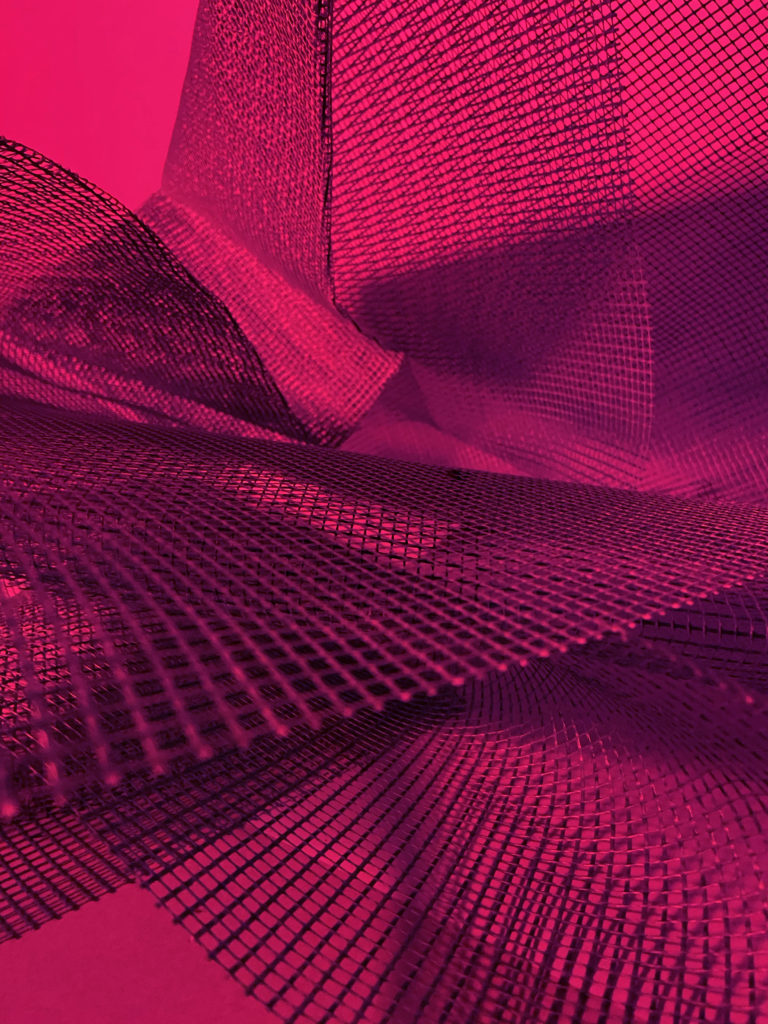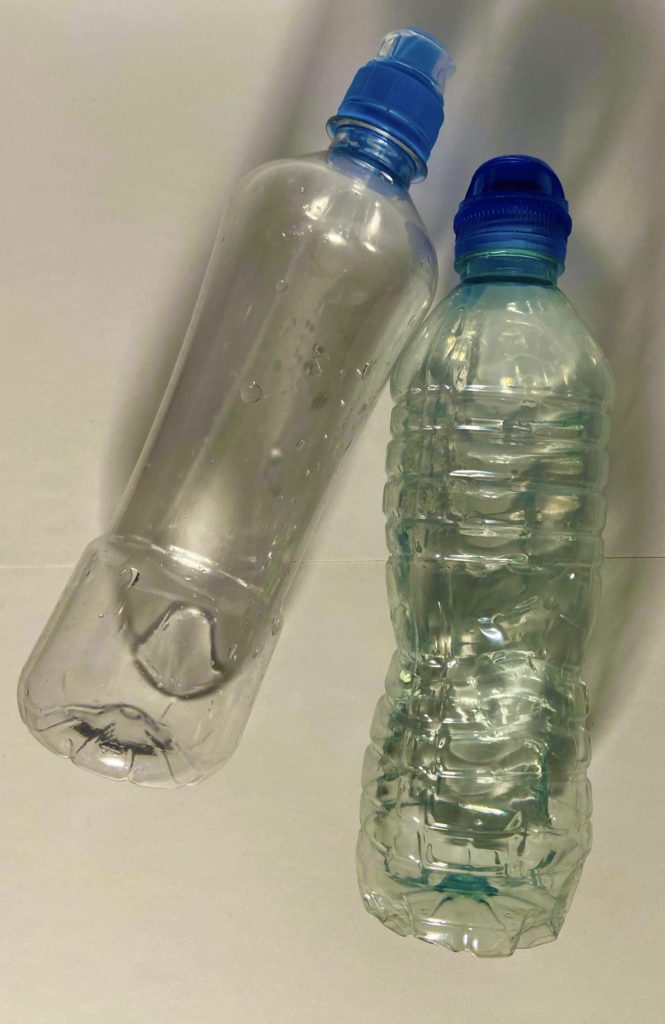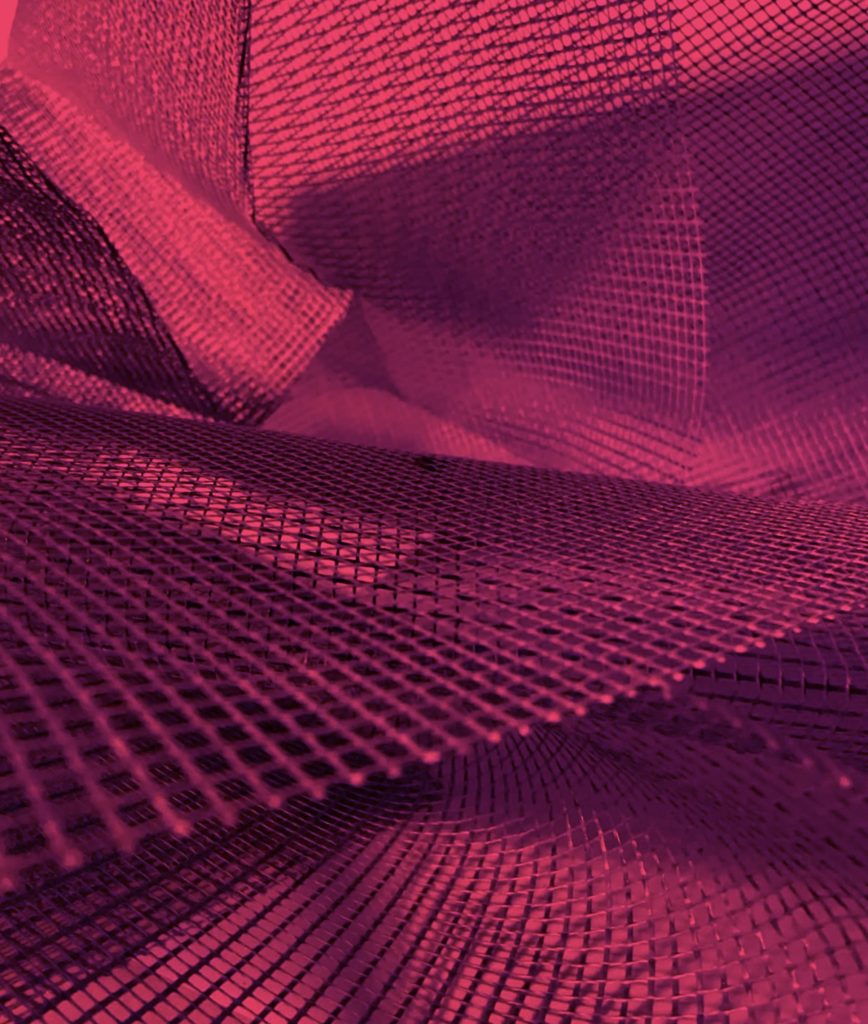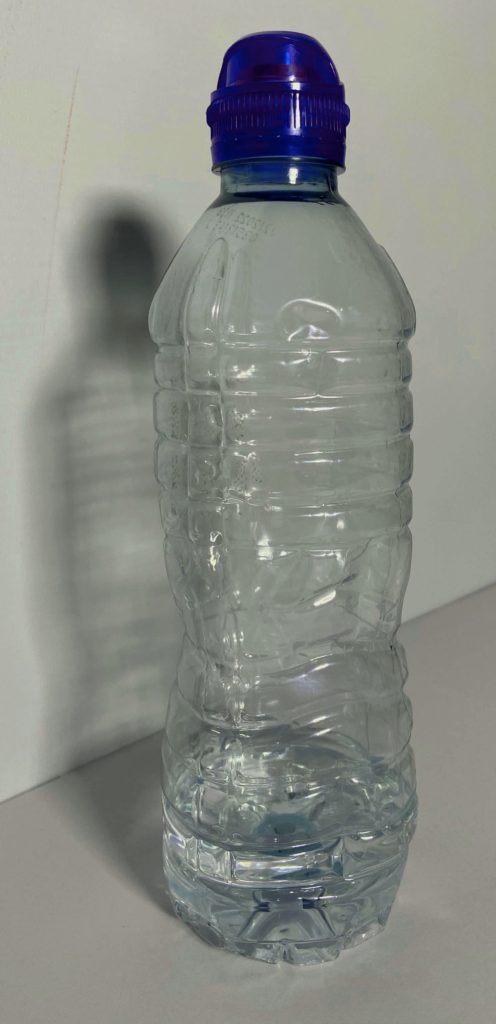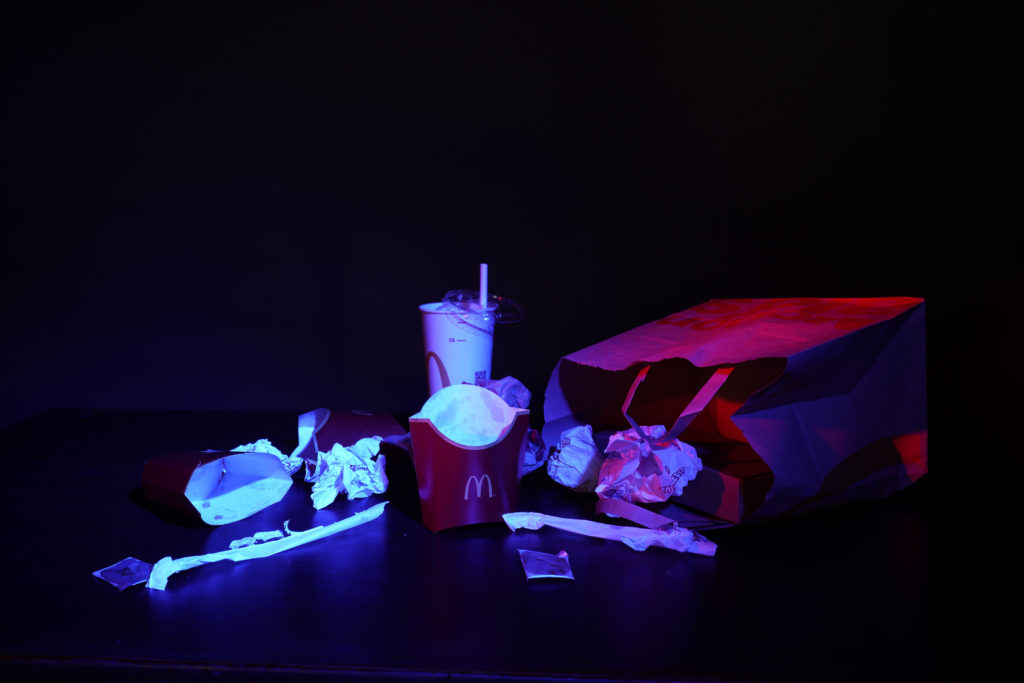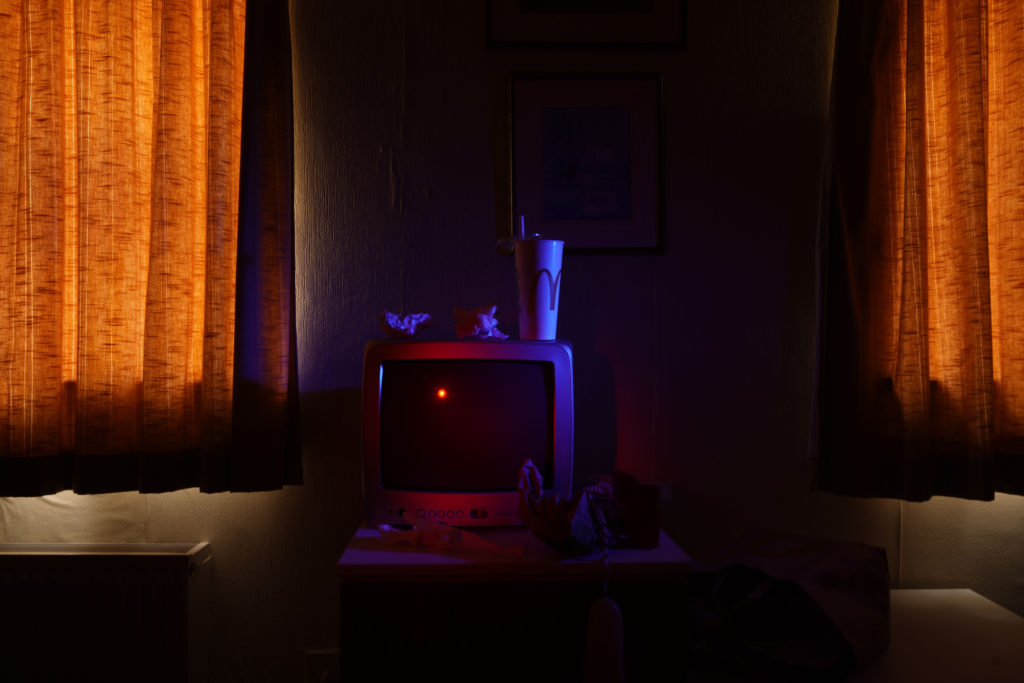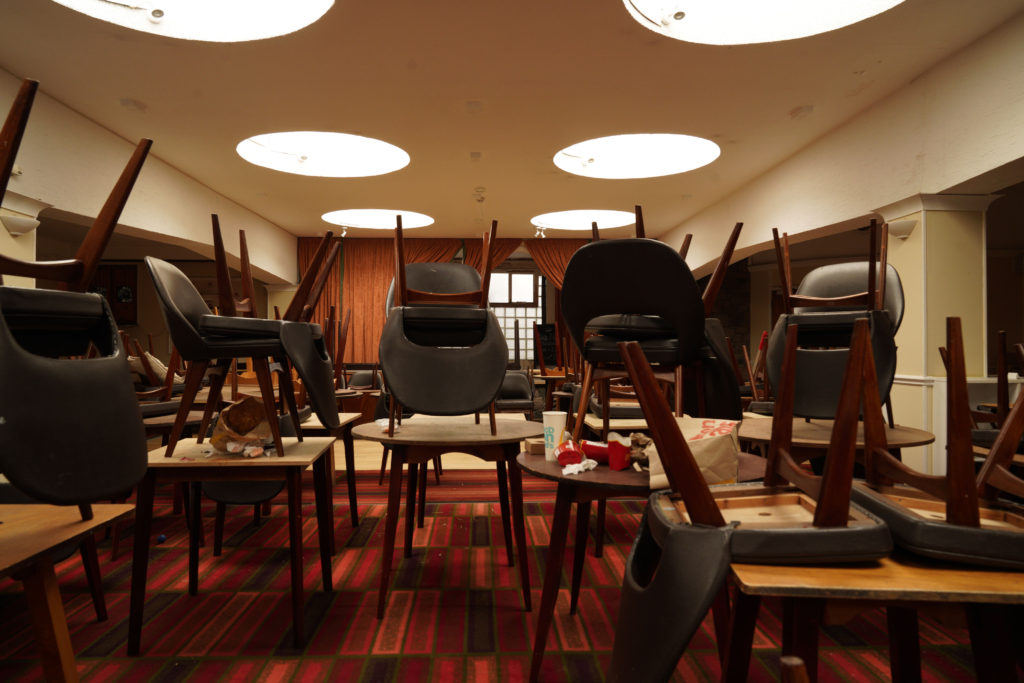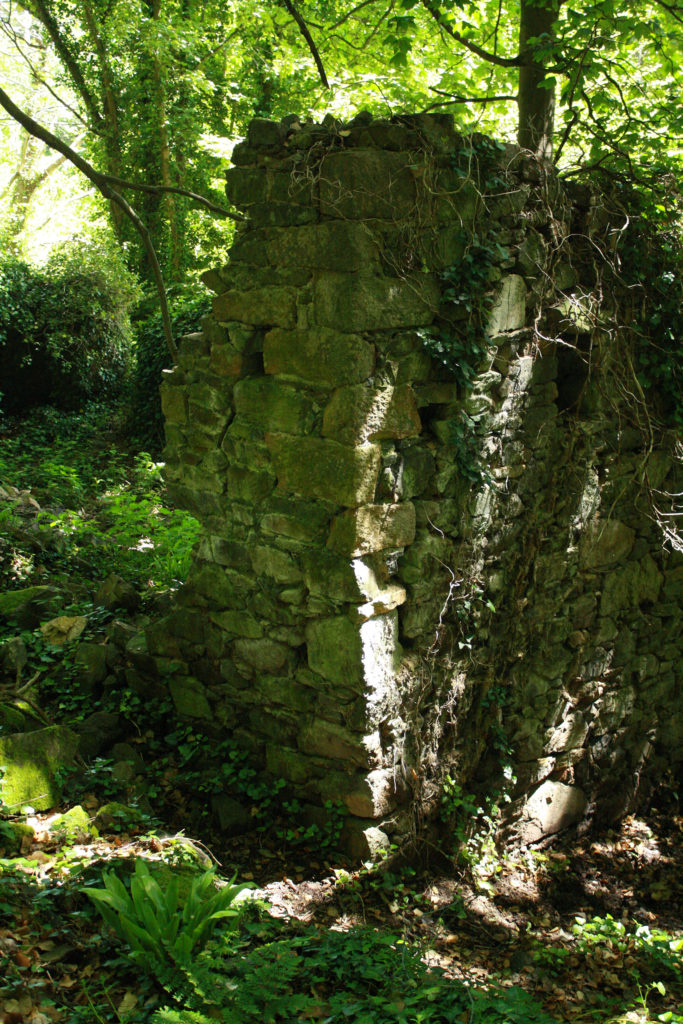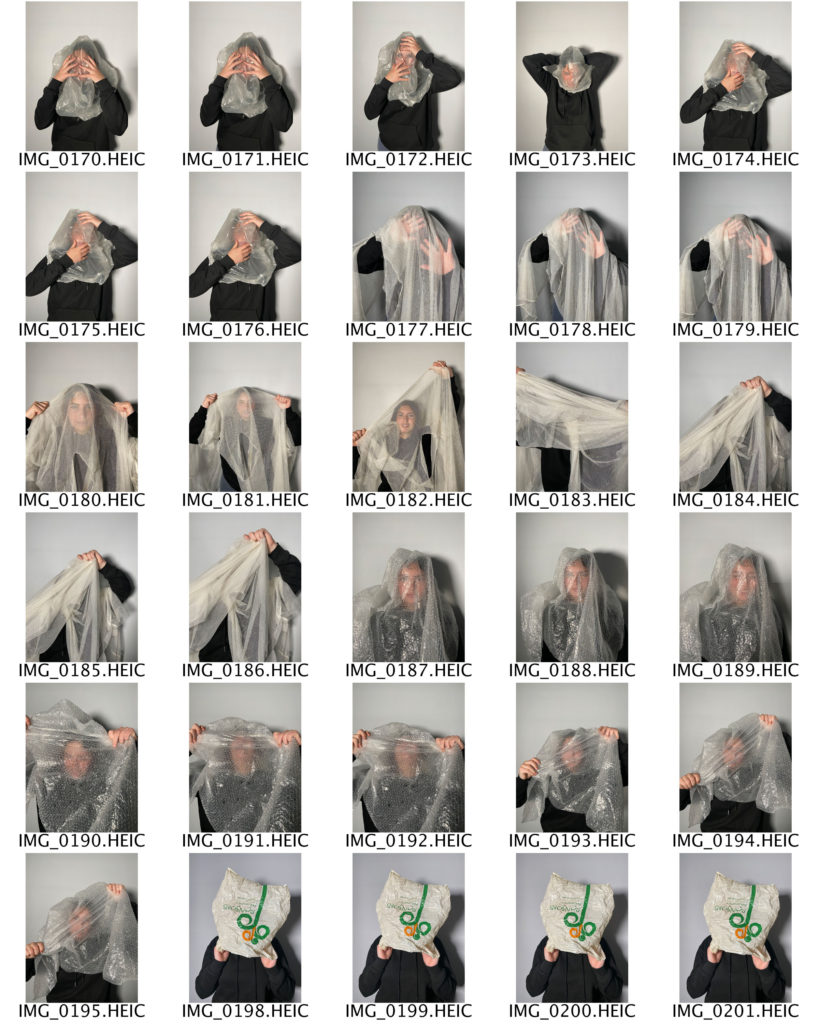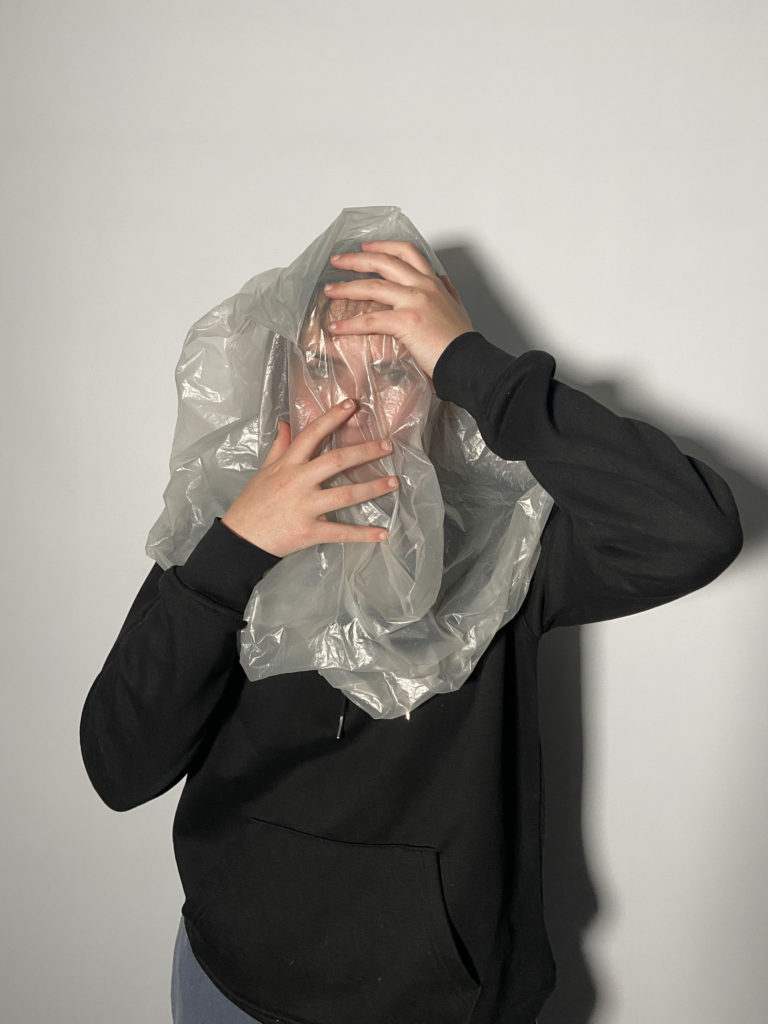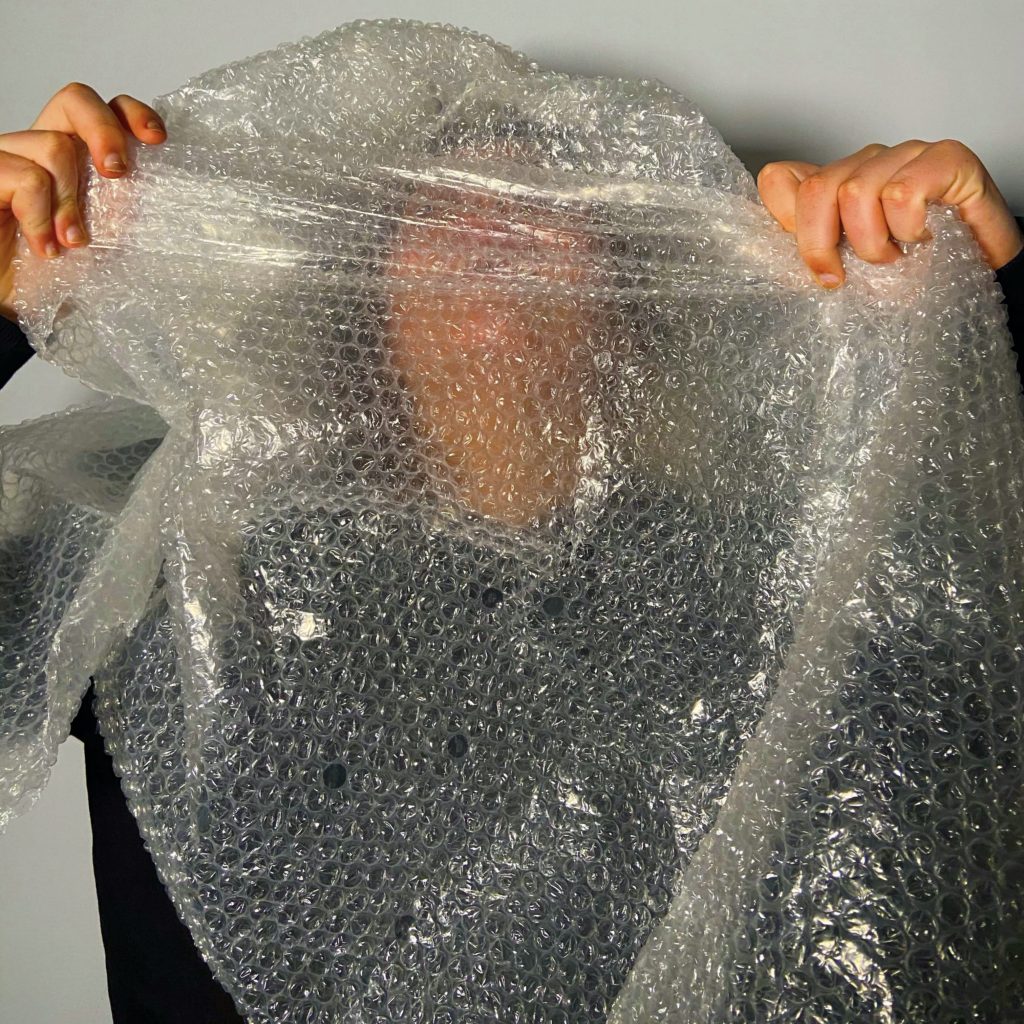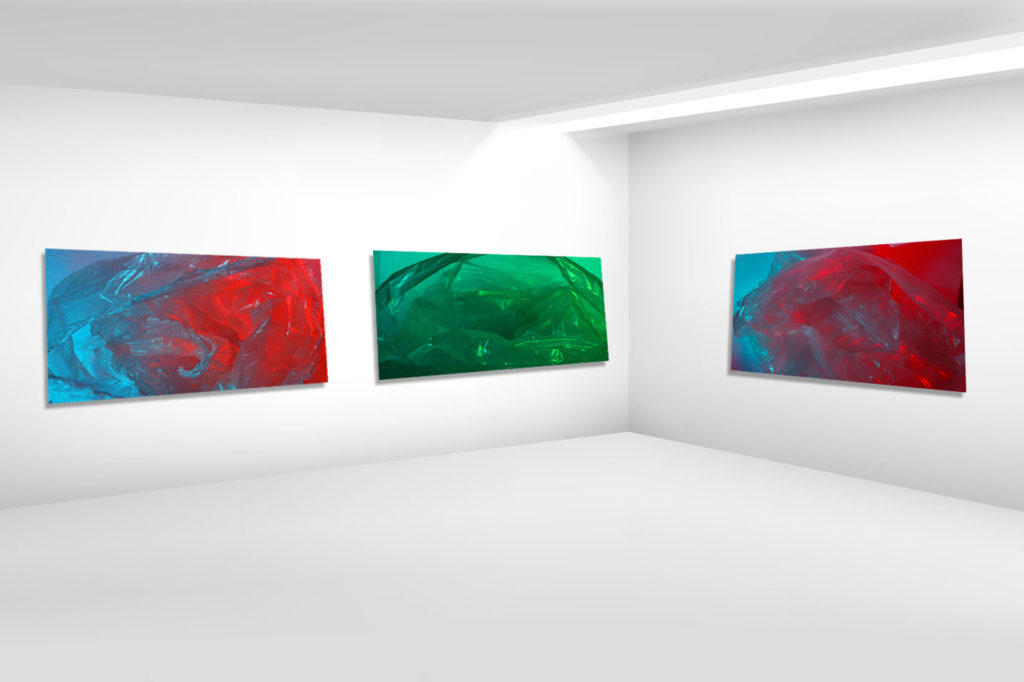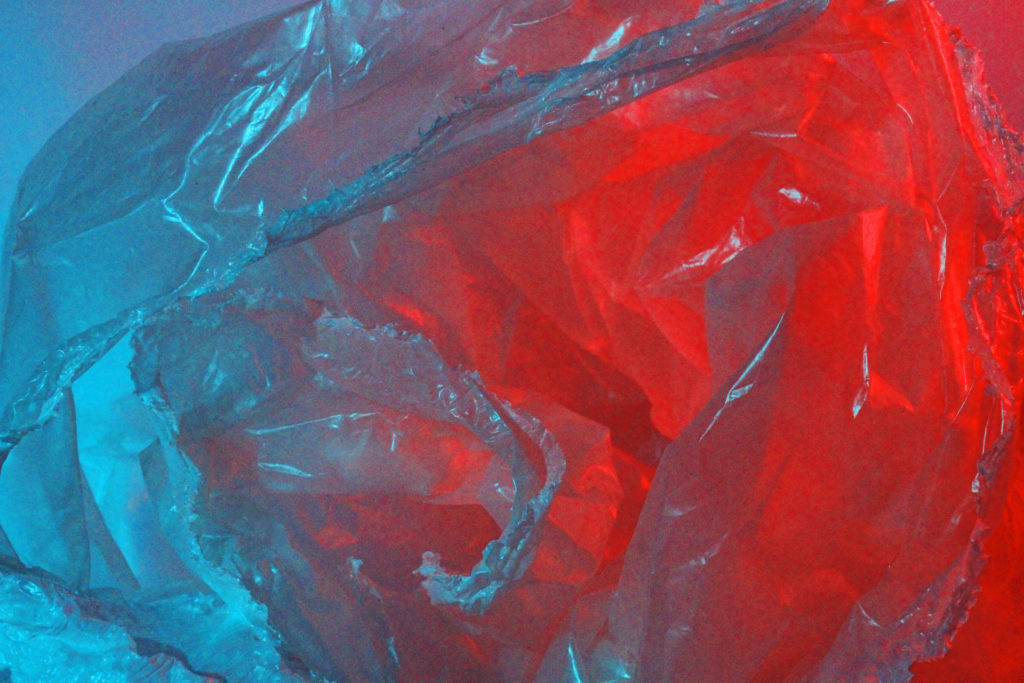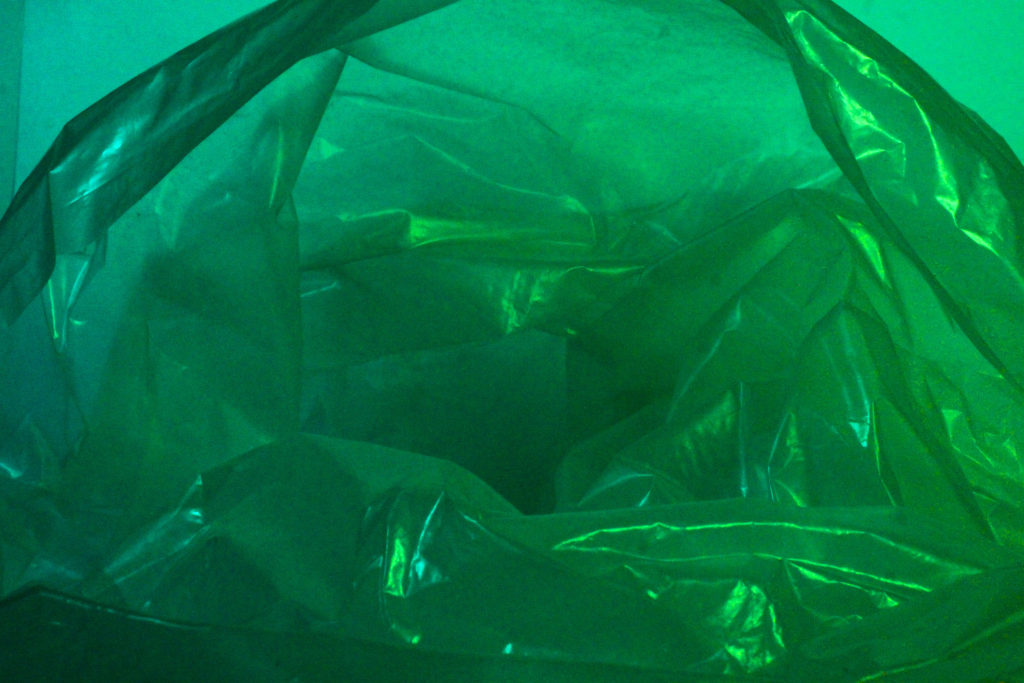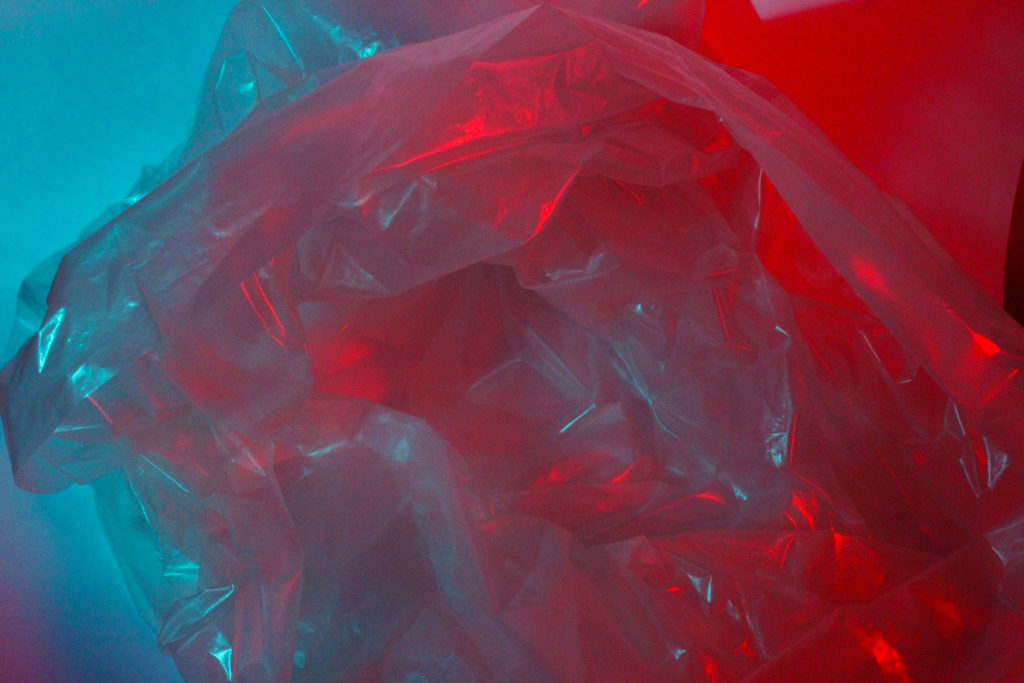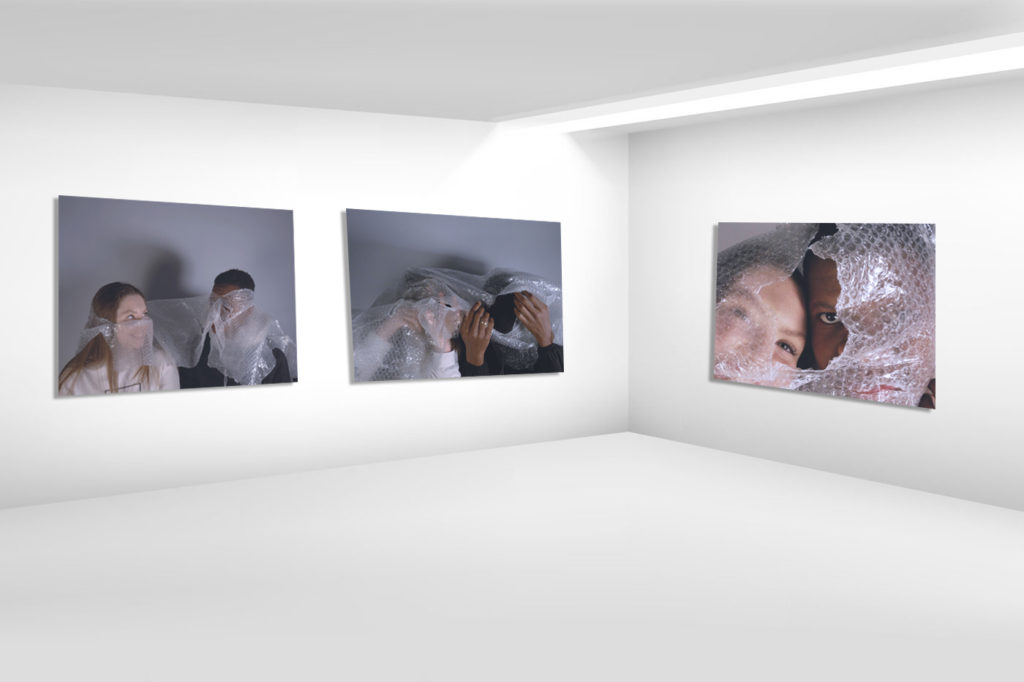Final Image Display
Sequence One
Sequence Two
Sequence Three
I have chosen these final images due to their strong link with Anthropocene and their ability to symbolize the growing industrialization of our world. My initial idea was to create a sequence of three images, each showing a different stage of urbanization in a sort-of storyboard style. Each image demonstrates how increasingly unnatural our world is becoming by revealing more of man’s impact on the surroundings. After carrying out photoshoots inspired by Edward Burtynsky and Andrew Moore I made the decision to edit each image with a harsher blue tint each time, so the final Burtynsky inspired image at the end of the sequence was of a cooler temperature, reflecting the landscapes emotionless atmosphere. Furthermore, the increased editing of each image symbolizes how manufactured and artificial the planet is turning out to be from society’s disregard of nature, with each image growing colder and more unnatural. The composition and leading lines in each image draw the observer’s attention along the sequence in a cyclical pattern, as if the story goes on over and over again, just like man-kind is frequently building modern structures and industrial sites which all aid in harming the atmosphere around us. Contextually, several photographs from my Burtynsky shoot (which have been chosen for my final display) document reclaimed land in Jersey. It is a fact that reclaimed land is highly susceptible to soil liquefaction, which can amplify the amount of damage that occurs to buildings and infrastructure – I decided to capture these landscapes to further my point on humans being the main source of global devastation, we are interfering with nature and creating danger for all, even destroying the industrial structures we have built in the process- ironic.
Edward Burtynsky Comparison
I have decided to compare this Edward Burtynsky image to one of my final pieces because of their similarities in composition and their use of the formal elements. Firstly, a clear similarity between them is the capturing of repetition throughout the landscapes, Burtynsky has photographed an area with circular structures reflected in uniform rows. I believe he was attempting to mirror how unvarying our planets architecture, and even societies themselves, are. Repetition is plainly captured in my image in the form of rectangular shapes from buildings, windows and structures – showing the increased artificial landscapes through geometric echoes. I wanted to reflect Burtynsky’s repetitive technique, however slightly differently to demonstrate the way different communities deal with Anthropocene, seeing whether they fight against it or let it take over. Also, the basic and elemental nature of these shapes shows how trivial these modernized areas in the world are. Additionally, another similarity between these photographs is their straight horizon lines which act as an indication for their wide depth of field. The leading line in Burtynsky’s image slowly reveals a disappearing background as the horizon becomes misty and unclear, this could possibly symbolize how man-kind is forgetting, or not choosing to see, their destruction and wrecking of the natural world – as if industrialization is all that can be seen going into the future. In my image there is also a clear straight leading line across the horizon, however in the background there is a hint of hope within the capturing of a natural environment where trees poke through the urbanized surroundings. The comparison between these two uses of leading lines demonstrates how there is still hope for our landscapes future, however if we don’t act now, that hope will disappear. A key difference between these images is the cameras point of view, while there is the similarity of them both being captured from above, Burtynsky’s birds-eye-view shows a greater span of land. Furthermore, due to my editing choice to connote a more derelict and cold atmosphere through turning down my image’s temperature, the colour palette in Burtynsky’s photo is slightly more muted then mine – nevertheless both still produce a sense of sadness, connoting the robotic and artificial mood of the setting.
Andrew Moore Comparison
I chose to compare this image by Andrew Moore to one of my final photographs due to their similarities in texture, composition and differences in colour/temperature. Firstly, one similarity between these images is their busy, rough texture which is created by the repeated leaves and brambles entwined around the greenhouses. In both images this texture connotes ideas of discomfort and restriction, symbolizing how nature is being forced into a corner to try and survive from man-kind’s destruction. Additionally, Moore’s image has a similar composition to my own as both are captured at an eye-level point of view with the main subject taking up the span of the entire frame. The scarceness of negative space in these photographs demonstrates how desperate nature is to withstand industrialization and retaliate against man-kind’s interference. Moreover, this creates a short depth of field as little can be seen beyond the overgrown structures, connoting how little time is left for nature to overcome this destruction. Furthermore, another similarity is the image’s use of shape, both mine and Moore’s photos capture triangular structures which are being consumed by the natural shapes of nature. The juxtaposition between these geometric and organic shapes reveals to the observer how the effects of human interference with the planets natural landscapes is causing nature to use force against what we have created, connoting the theme of man Vs nature. Nevertheless, there are also several differences between my image and Andrew Moore’s, for example they both hold different temperatures. Moore’s photograph has more warm tones of orange and yellow allowing us to guess the time of year is autumn and that the image has been taken later on in the day. The warmth of Moore’s photo could possibly symbolize global warming, showing the danger in industrialization, however the saturation of the tones also demonstrates how nature still finds a way to be beautiful even after all the carnage it’s been through. Contrastingly, my image holds much colder tones to represent the cold-heartedness of society – I wanted to symbolize how man-kind has made these landscapes feel, their atmosphere changed by the impendence of humans.
Review And Reflection
My aims and intentions for this Anthropocene inspired project were to demonstrate how man made structure were increasingly impacting our natural environment. I planned on capturing landscapes around Jersey in three different stages; the first highlighting the beautiful natural areas in fields and woodlands, the second showing areas of Jersey where nature can still be seen however man’s impact is taking effect and the third exhibiting the cluttered industrial landscapes of our island. While working on this project I discovered the relevance of camera point of view in images, I found it important to capture my photographs from specific locations and angles to represent the message of impending industrialization that I wanted to portray. One of the biggest obstacles I overcame during this project was my lack of confidence in my editing process, I found it difficult to portray my idea uniquely through editing and became stuck for ideas. However, I quickly overcame this obstacle by brainstorming and experimenting on Lightroom to discover how temperature effected the atmosphere of my images, I really love how the increase in coldness over each image symbolizes the heartlessness of the destruction of nature and the urbanization of landscapes. I would say my greatest strength during this project was my ability to create a storyline through a sequence of images, I believe I successfully connoted the growing industrialization of our world and used my time wisely to experiment and analyse my final images in comparison to the photographers I took inspiration from.







